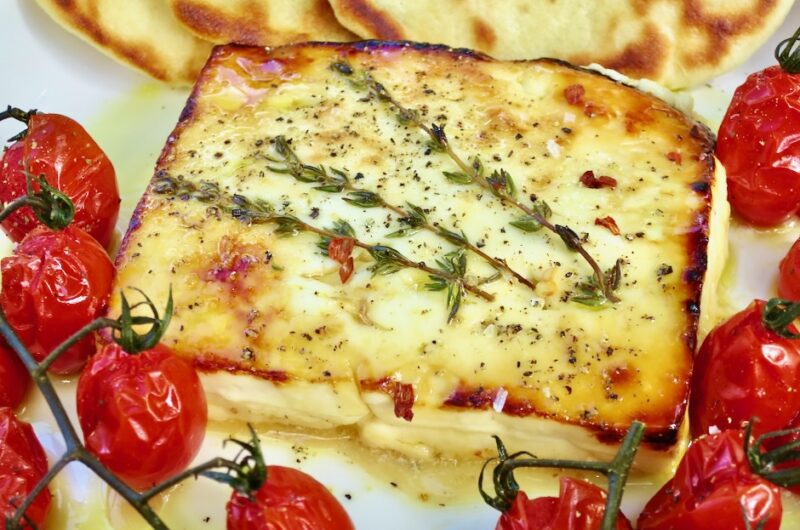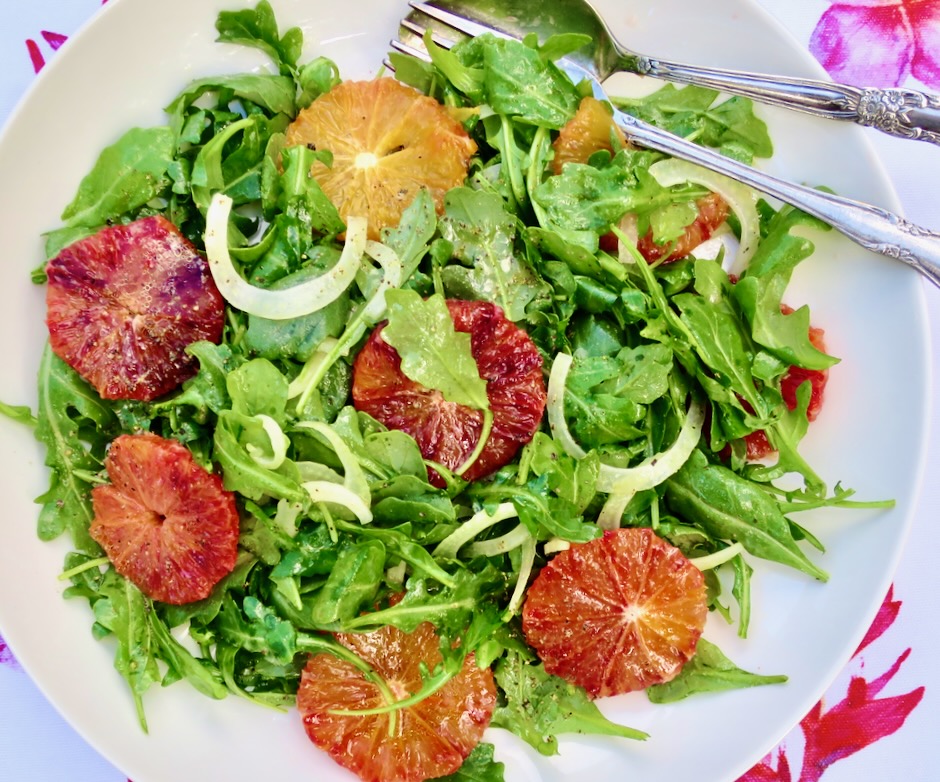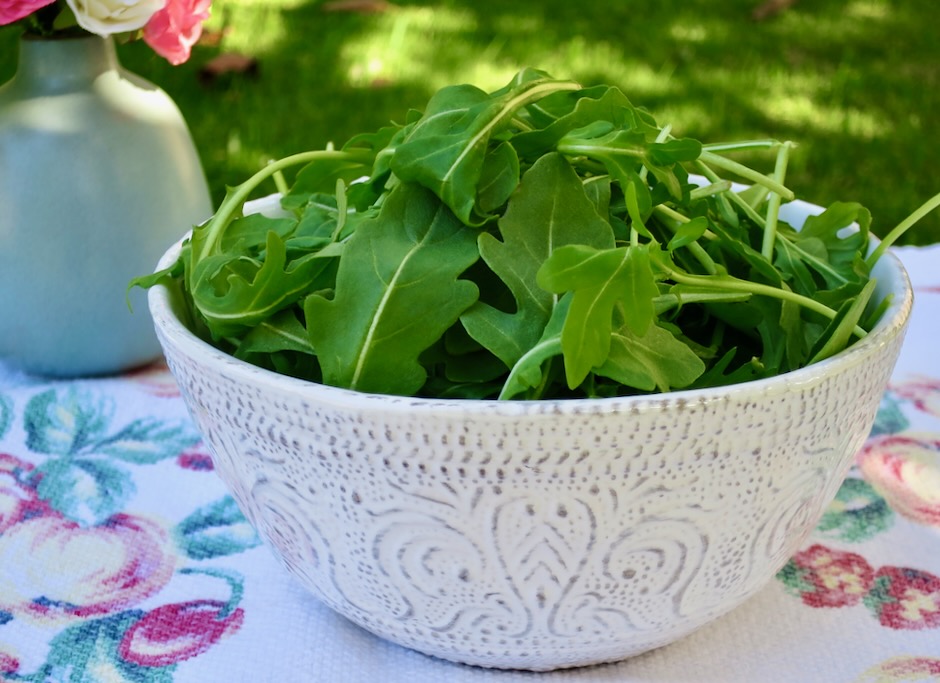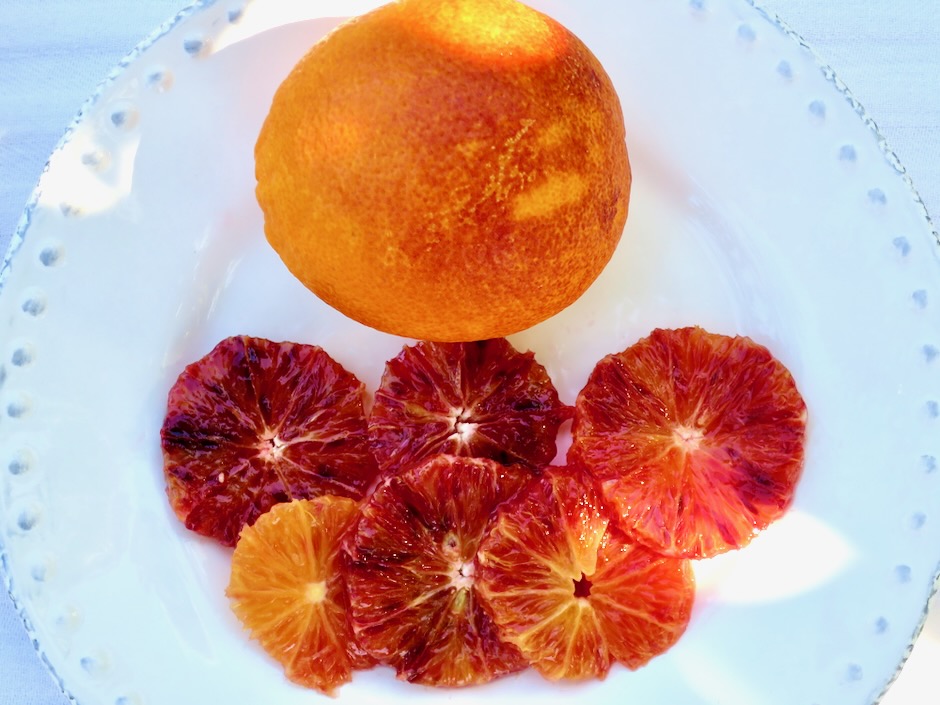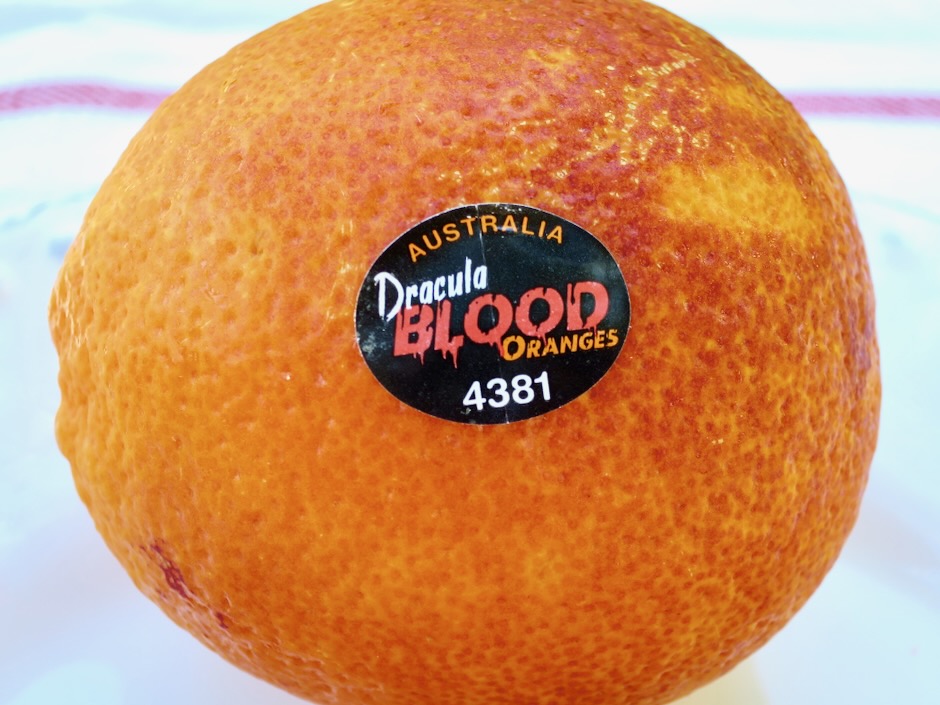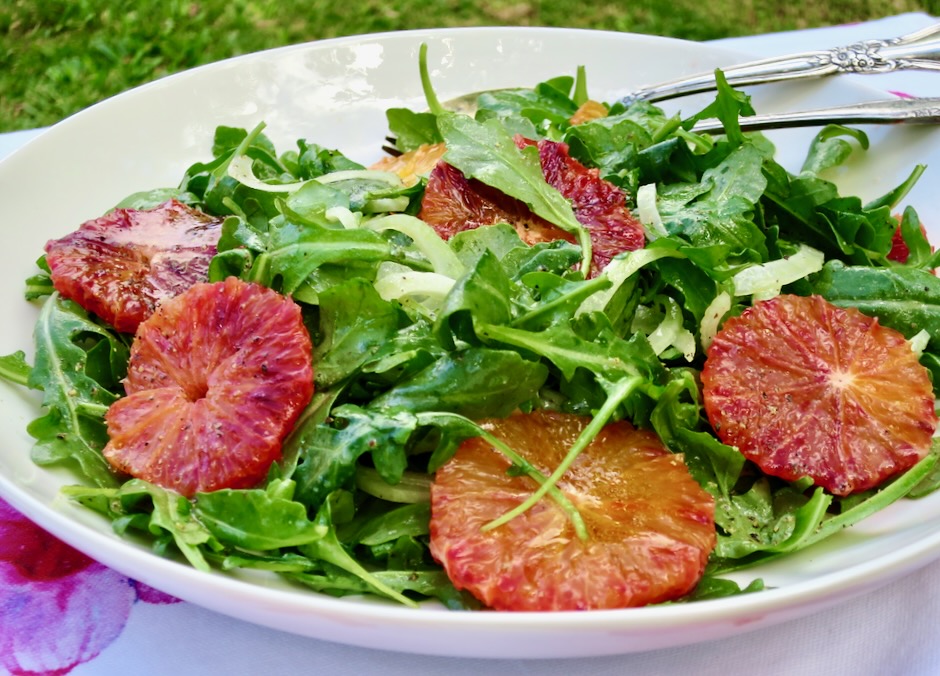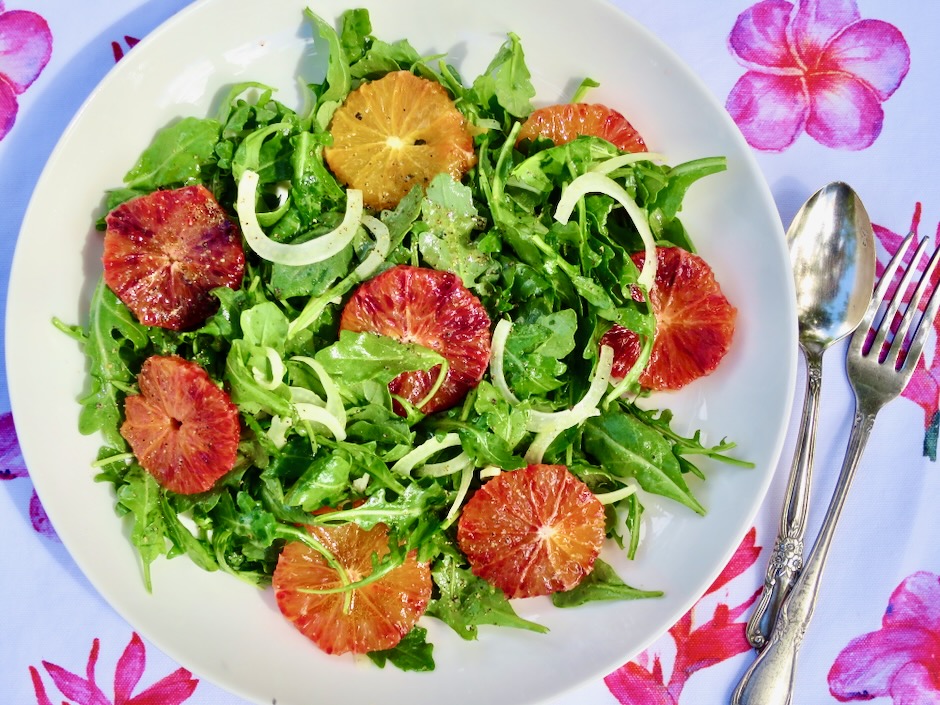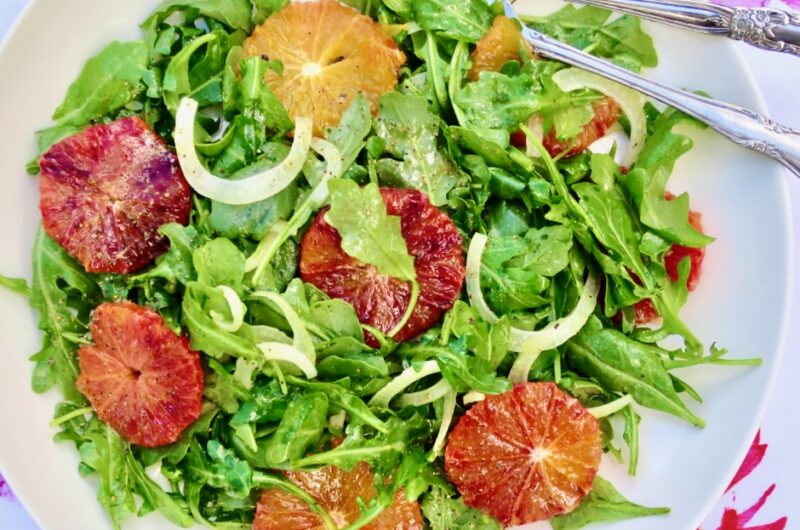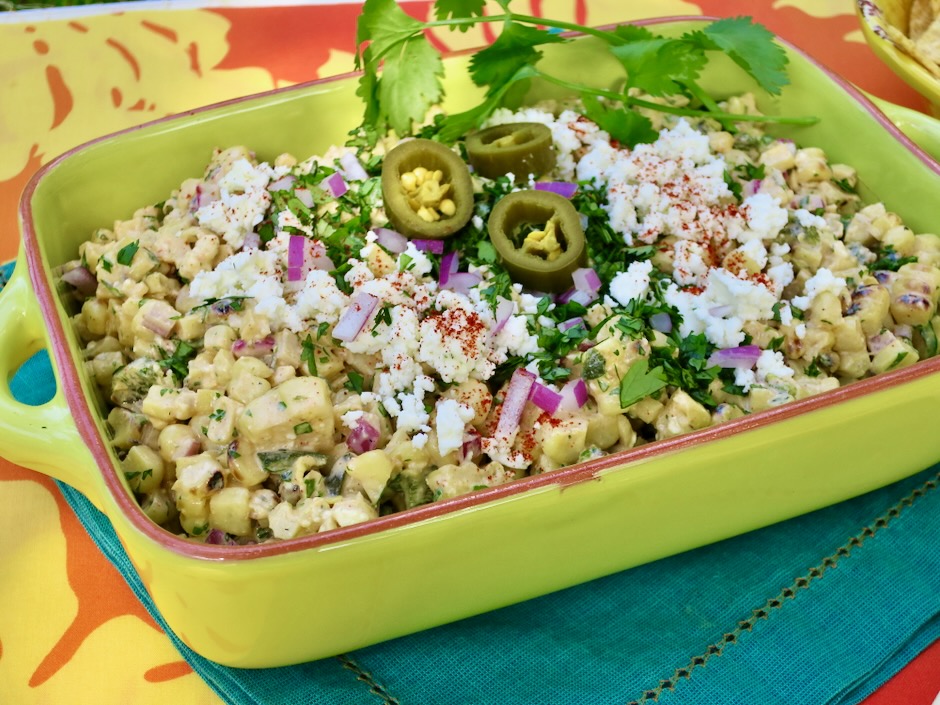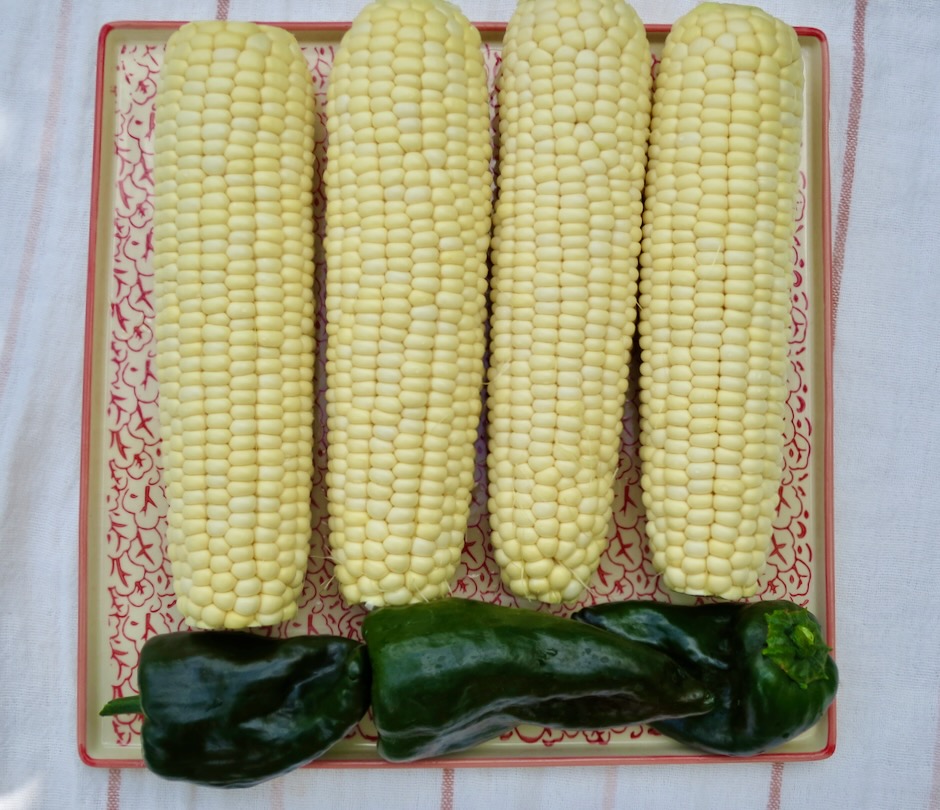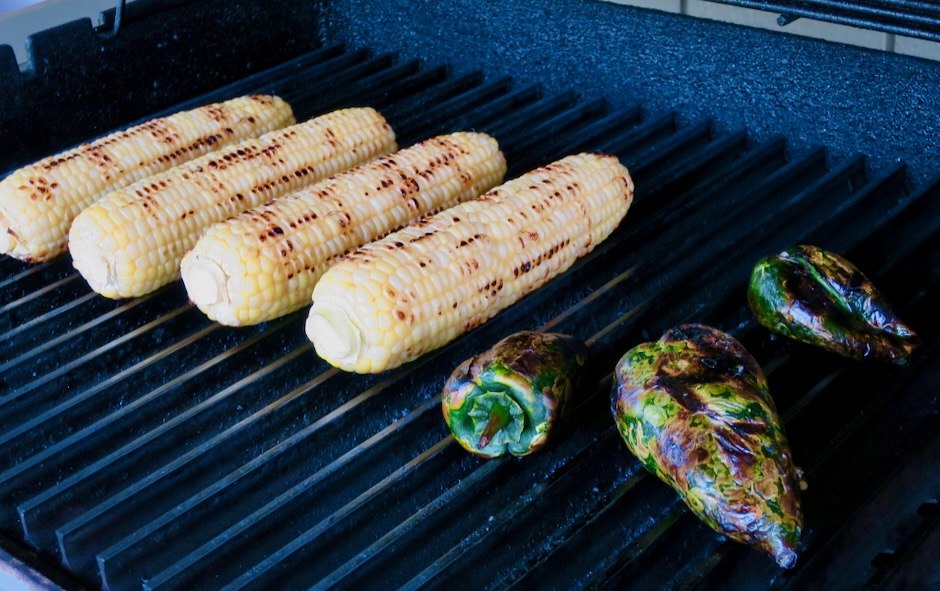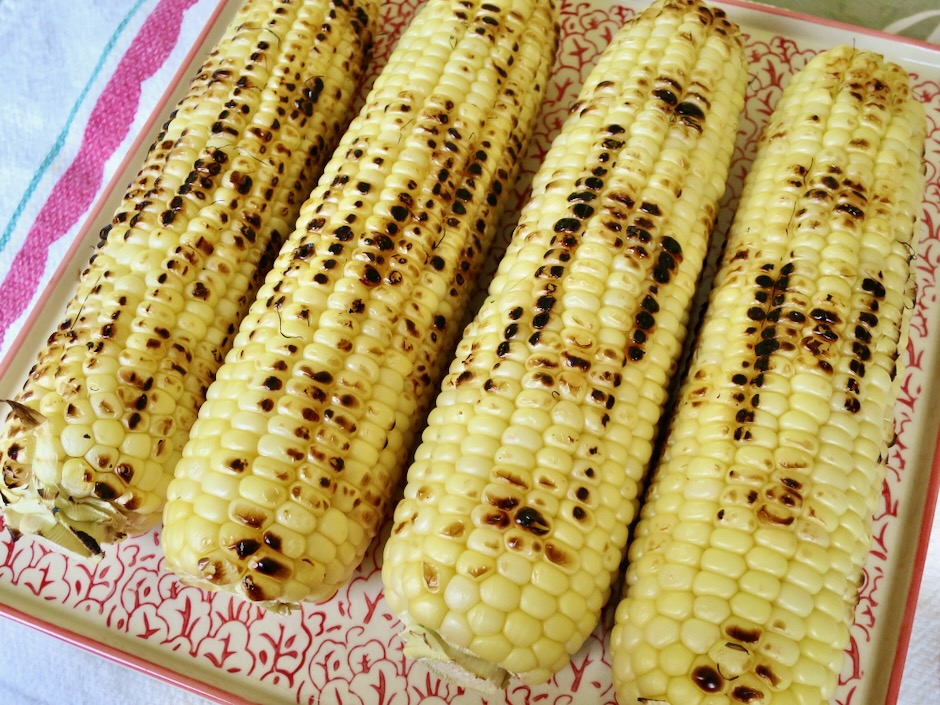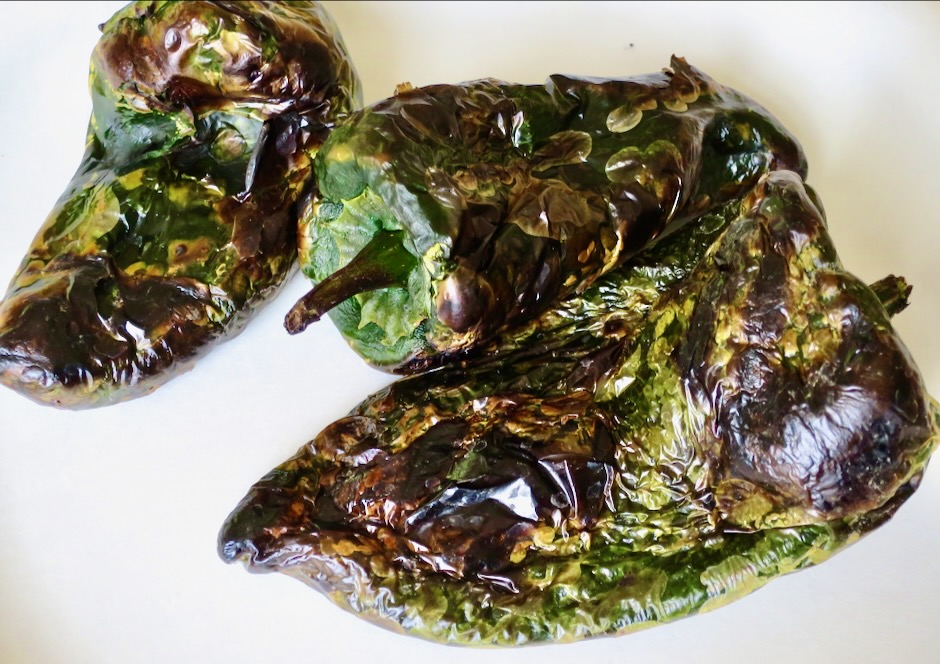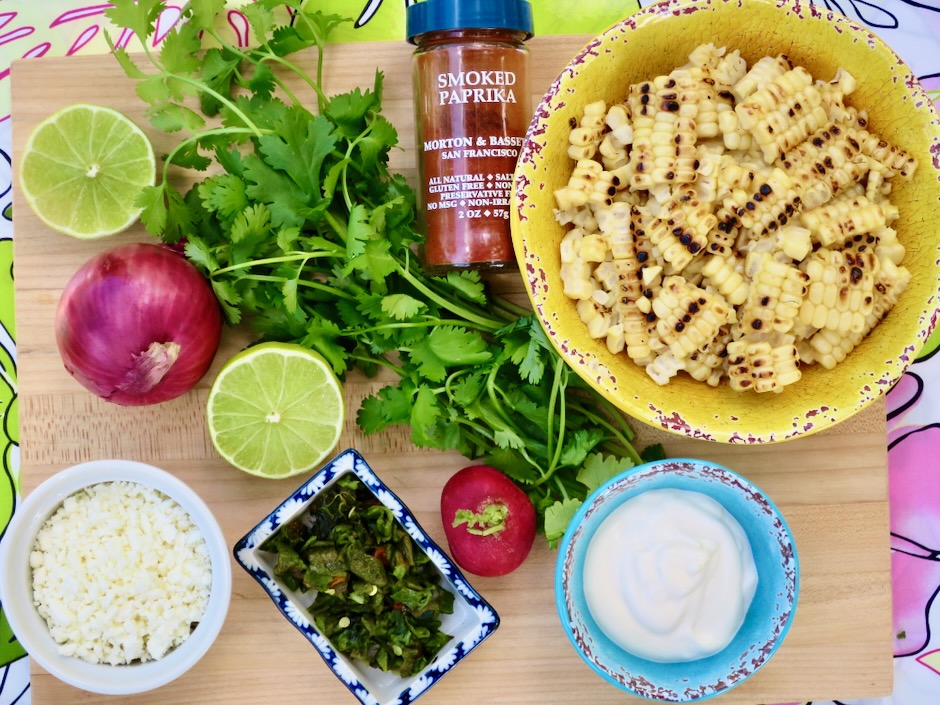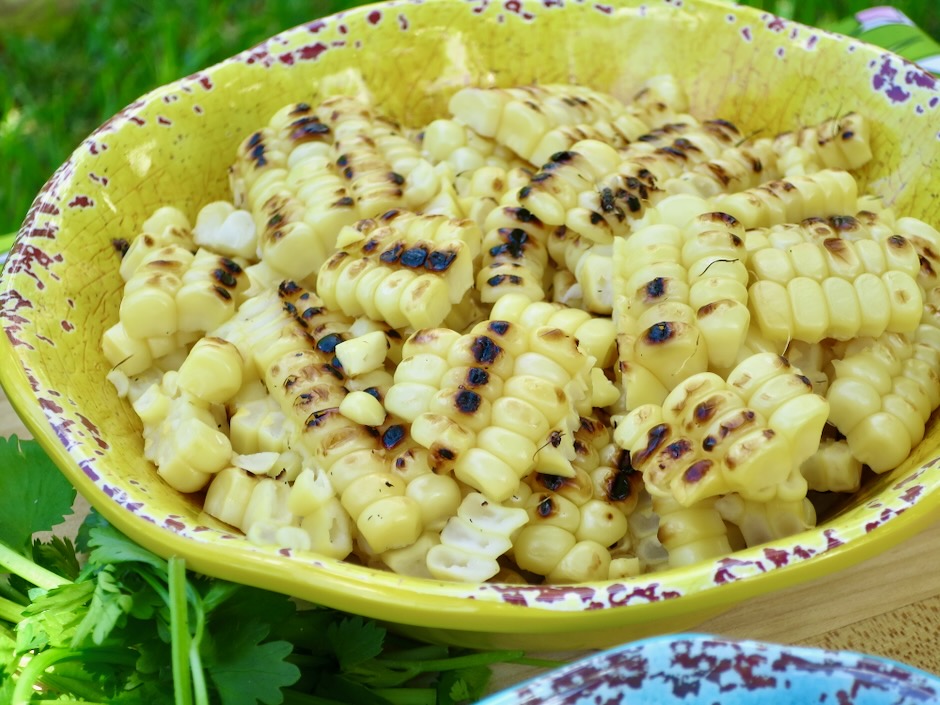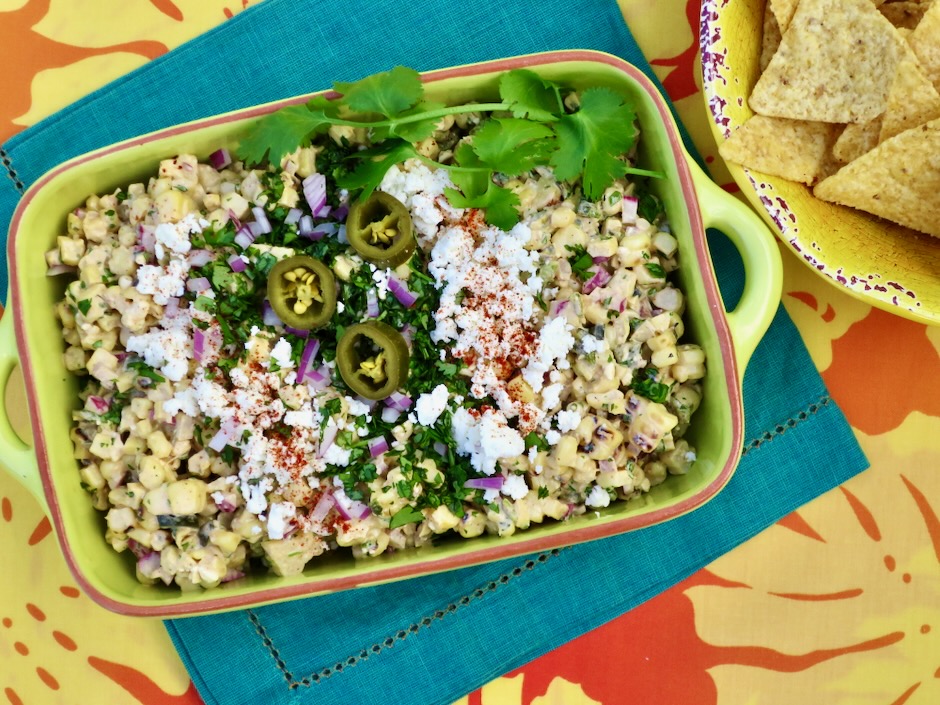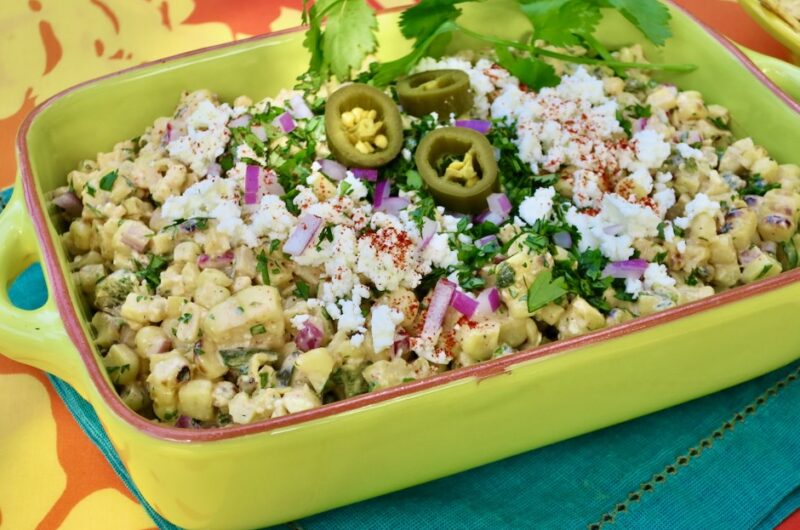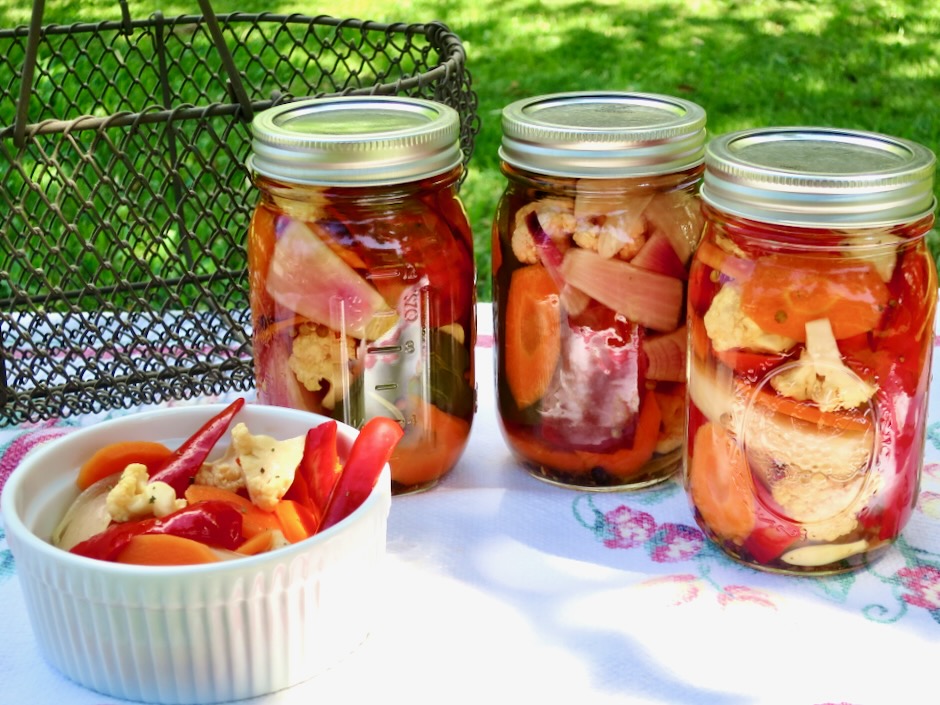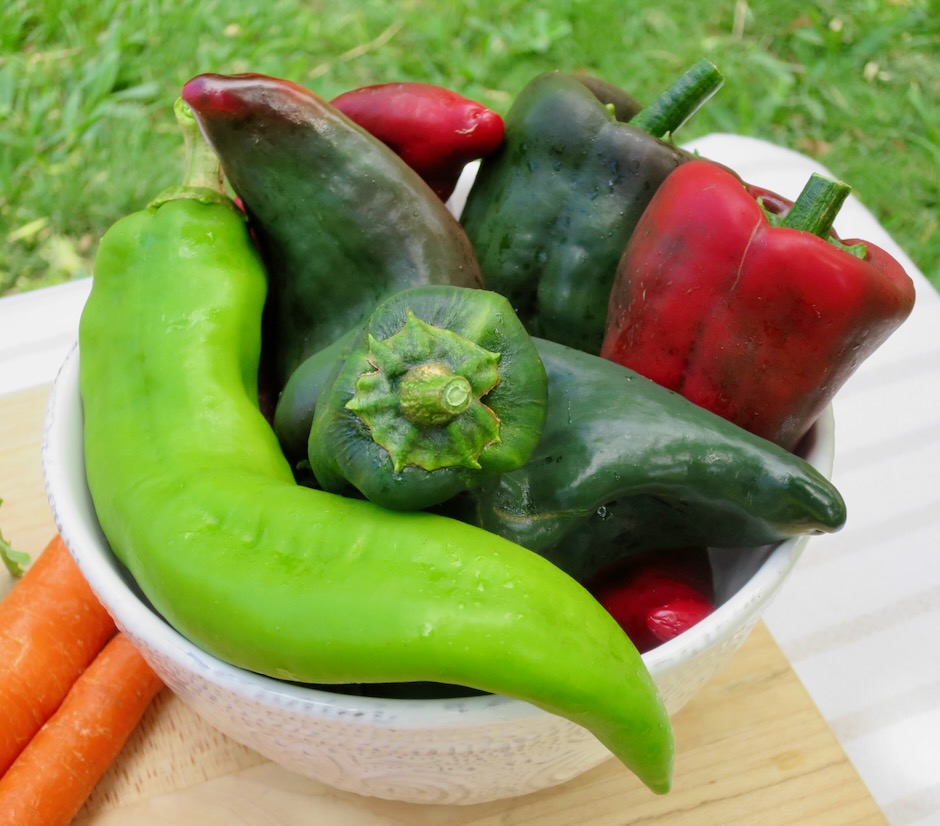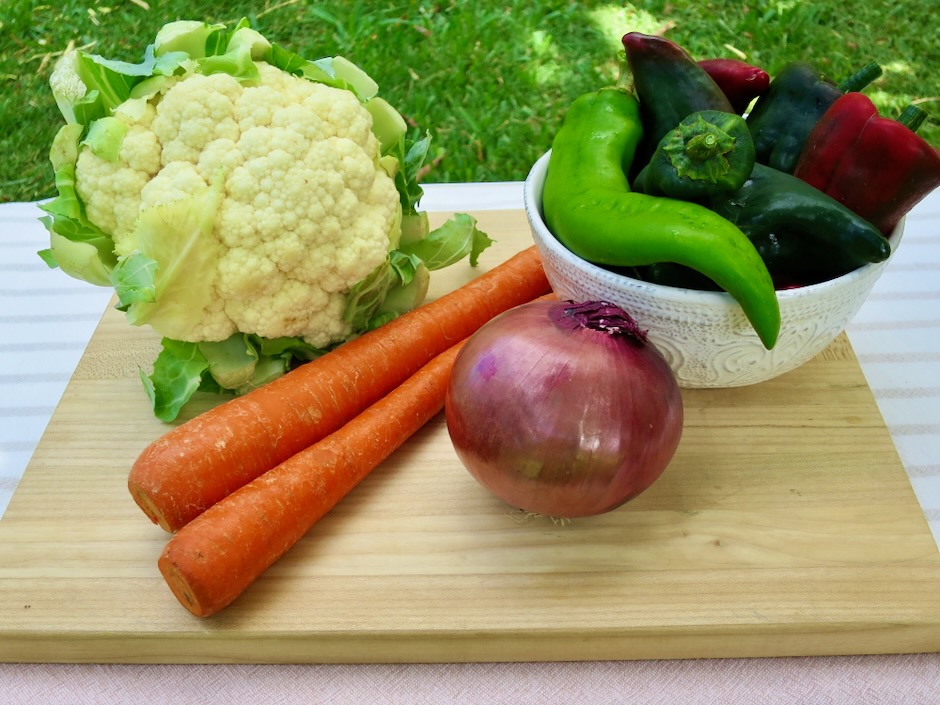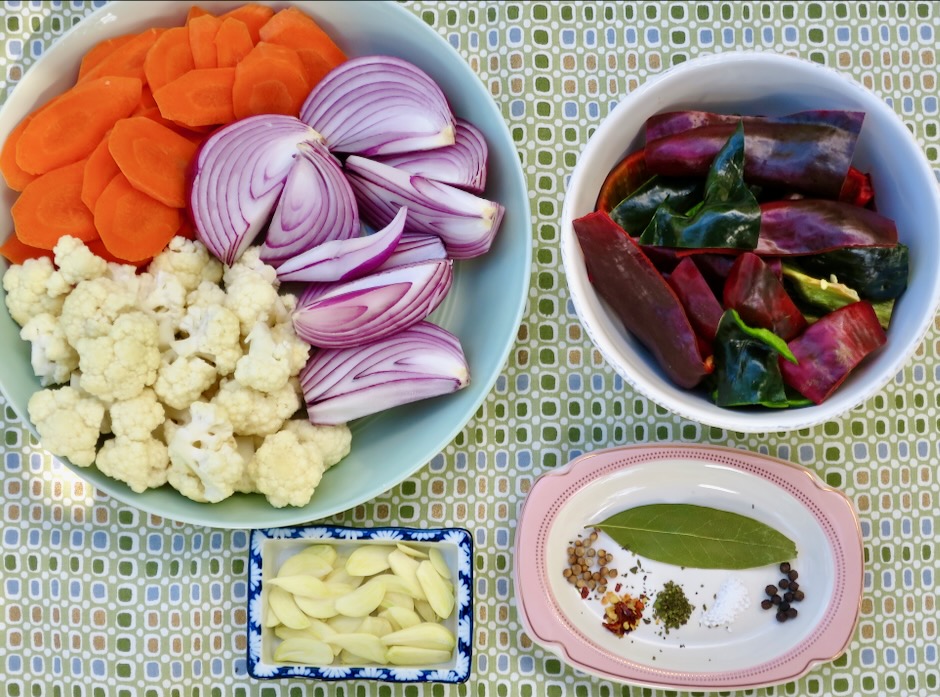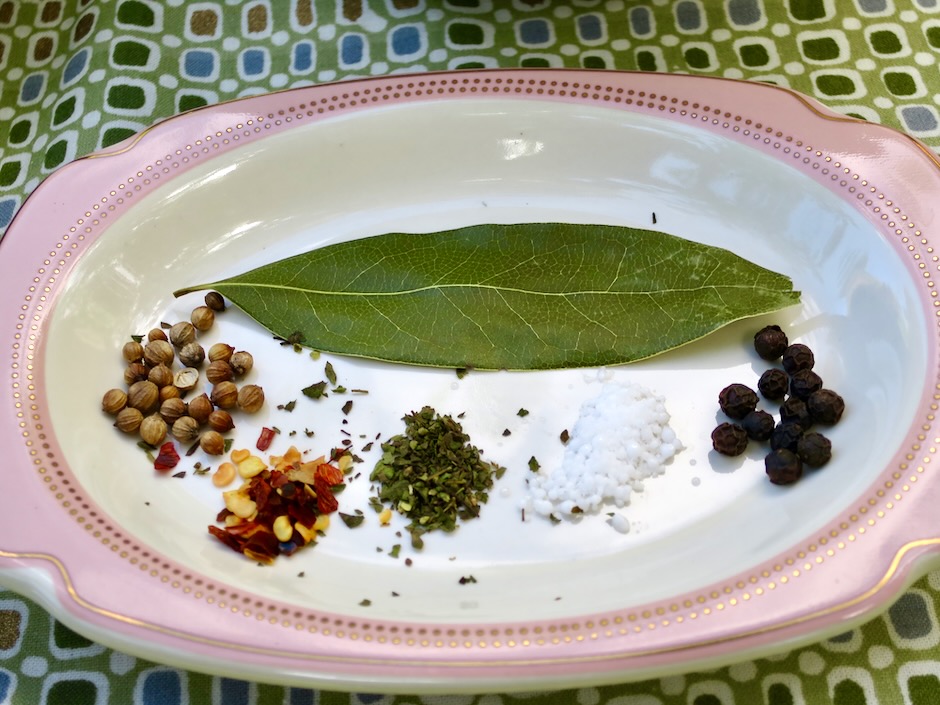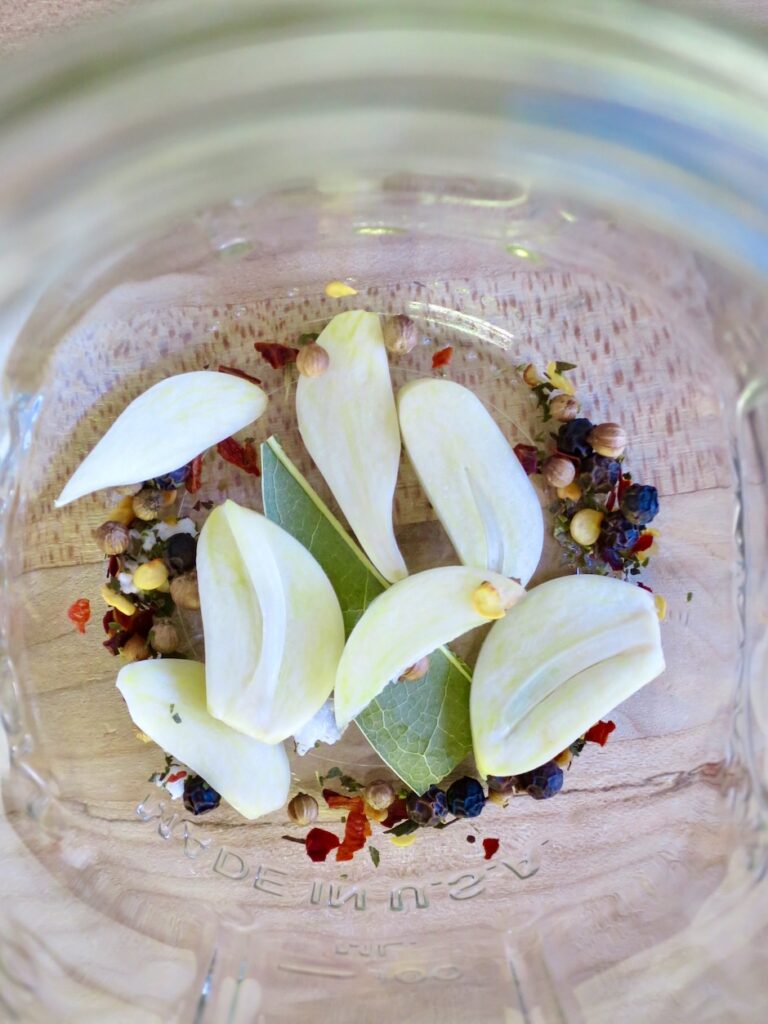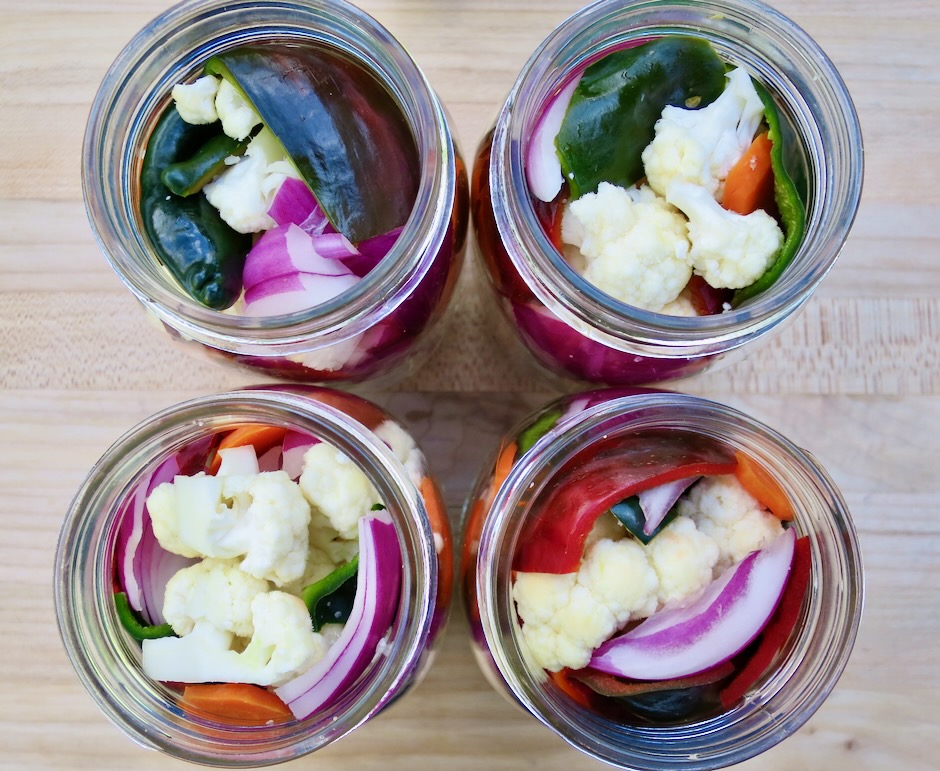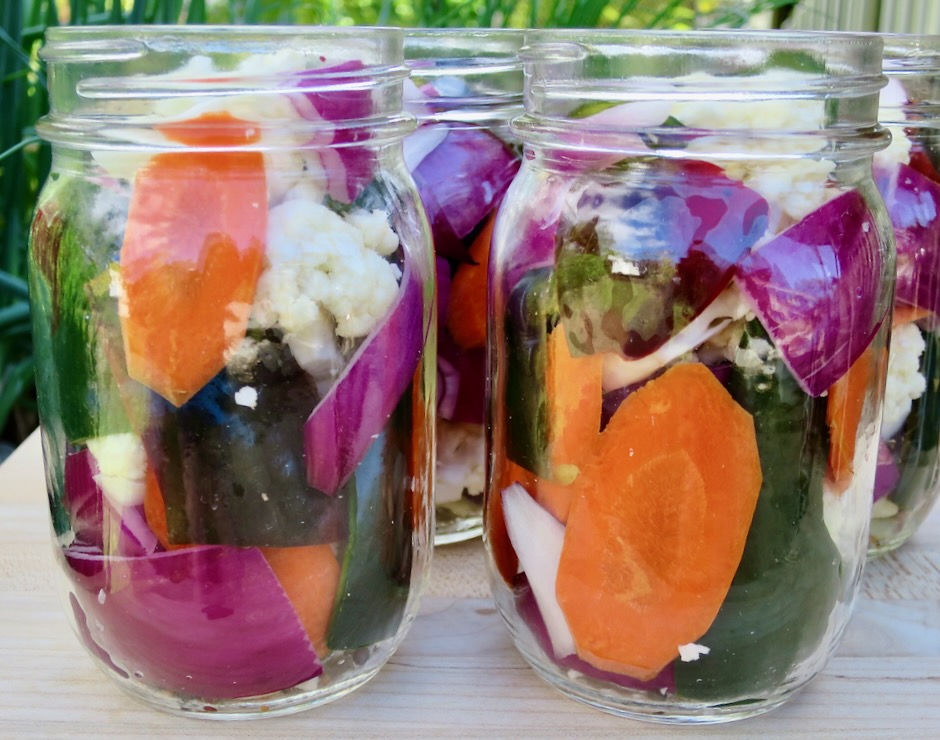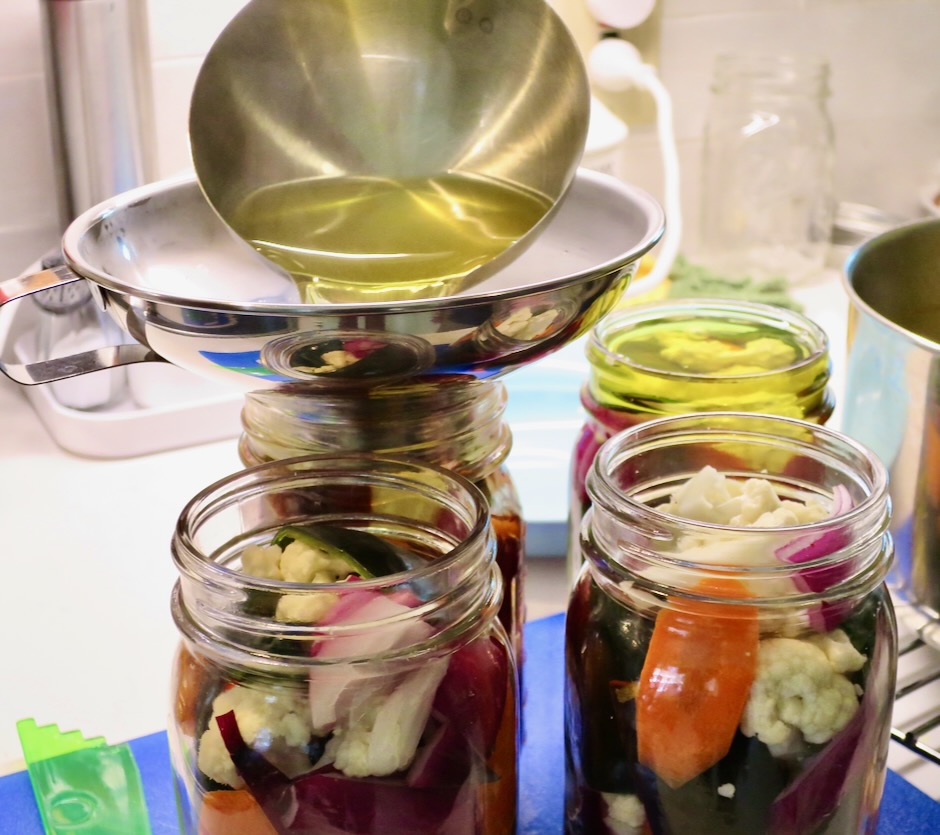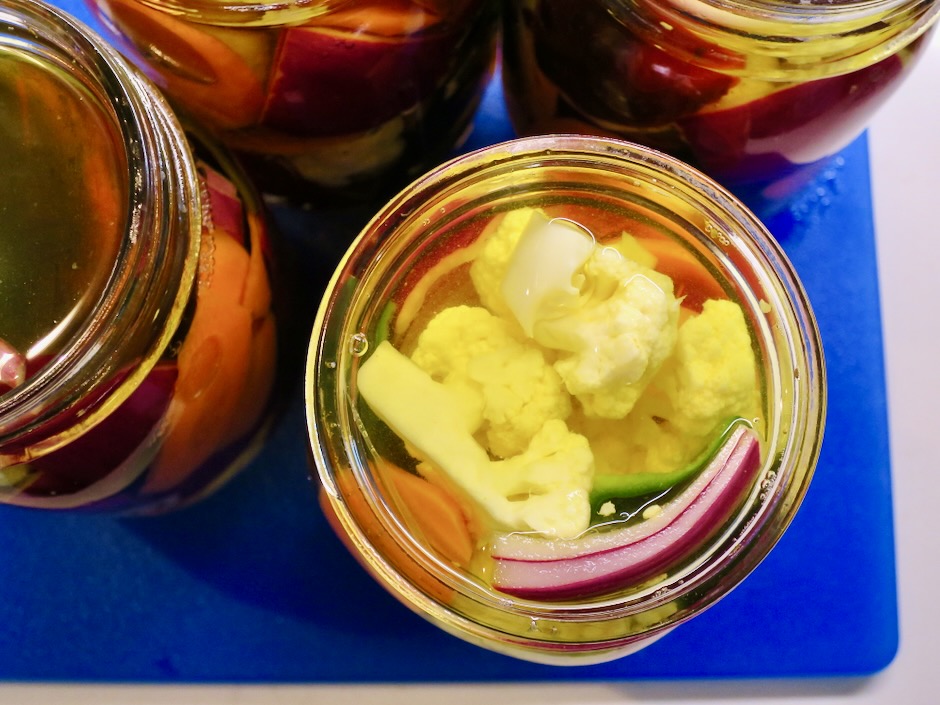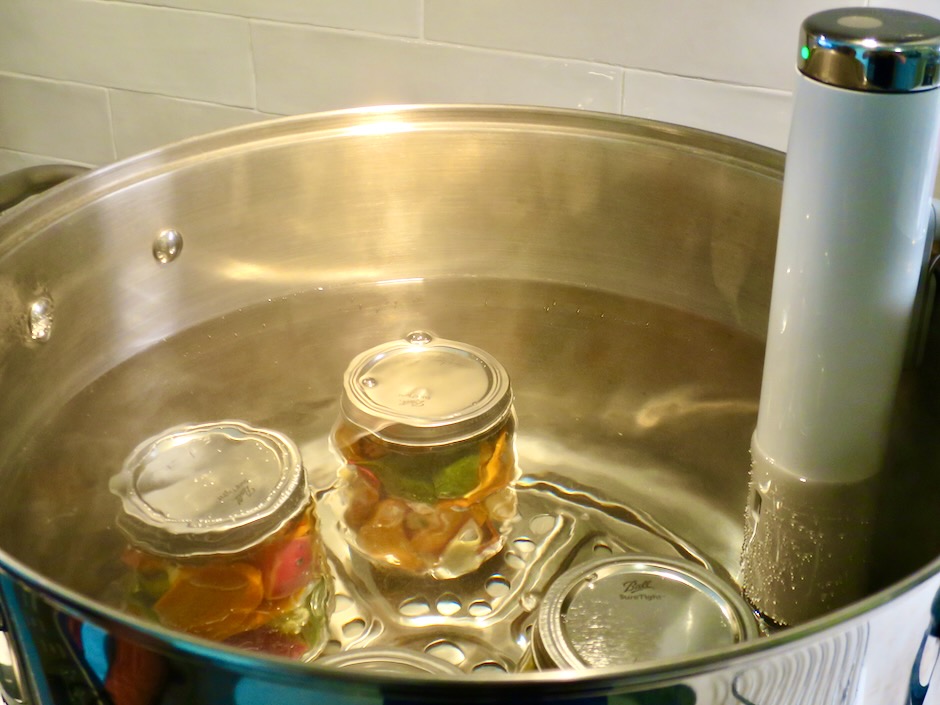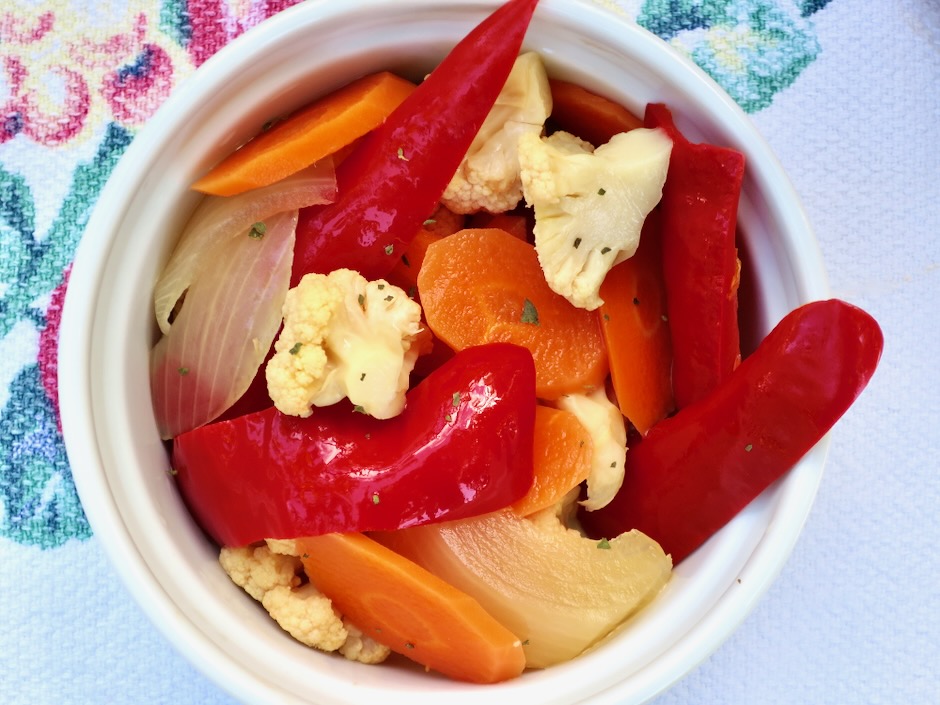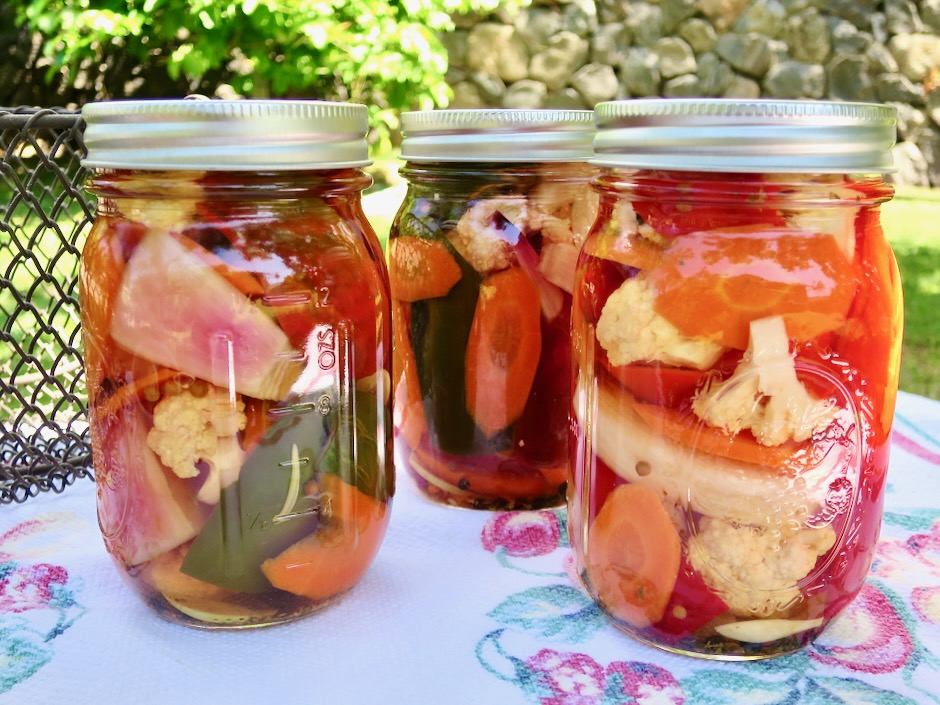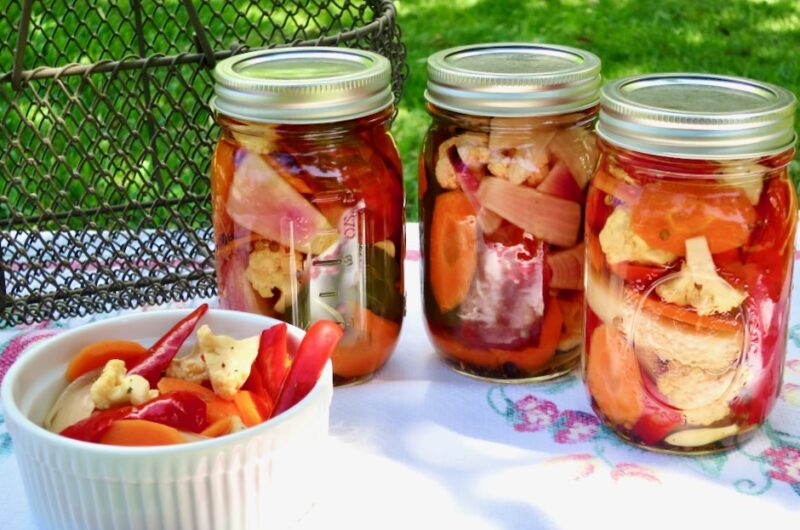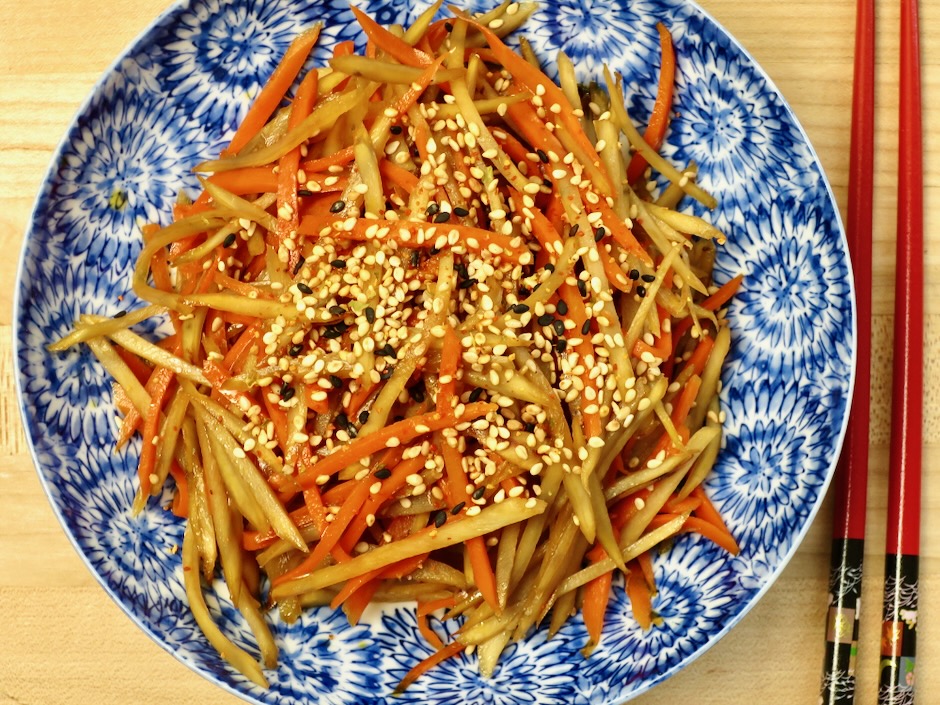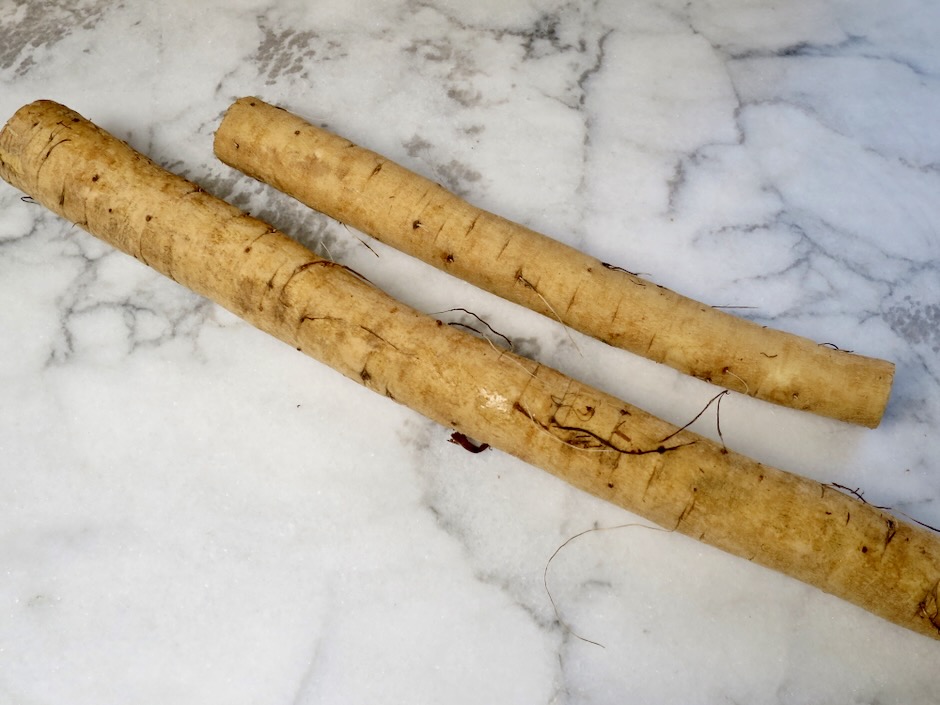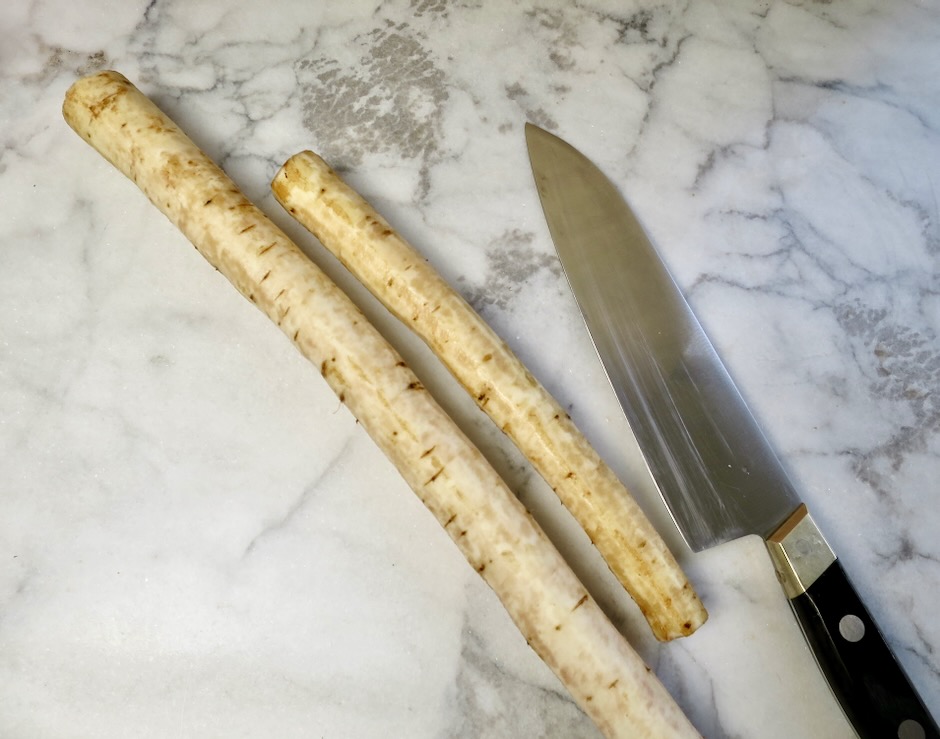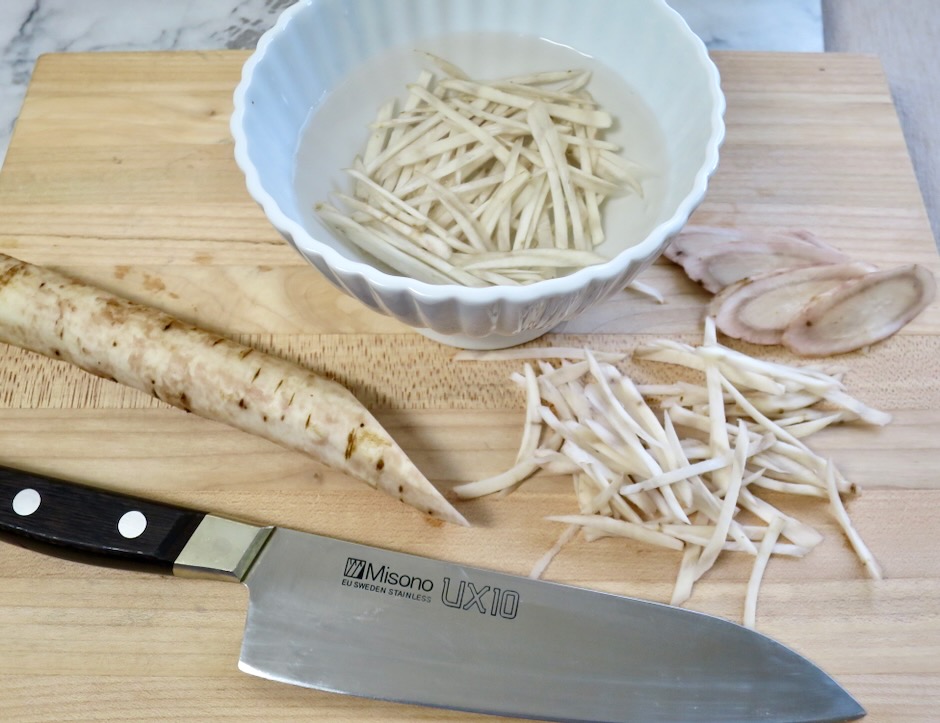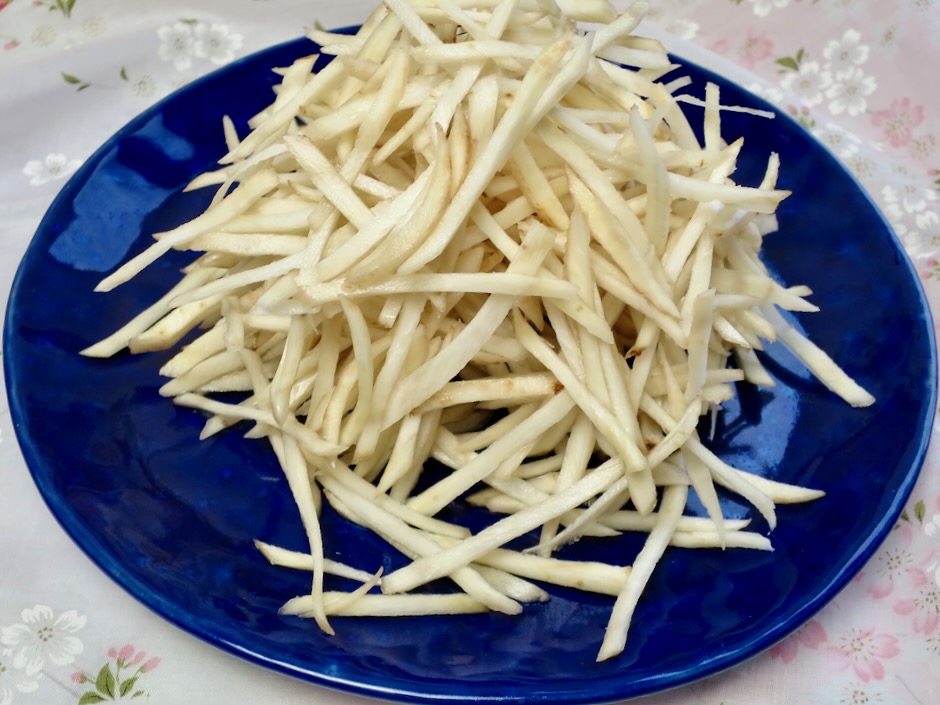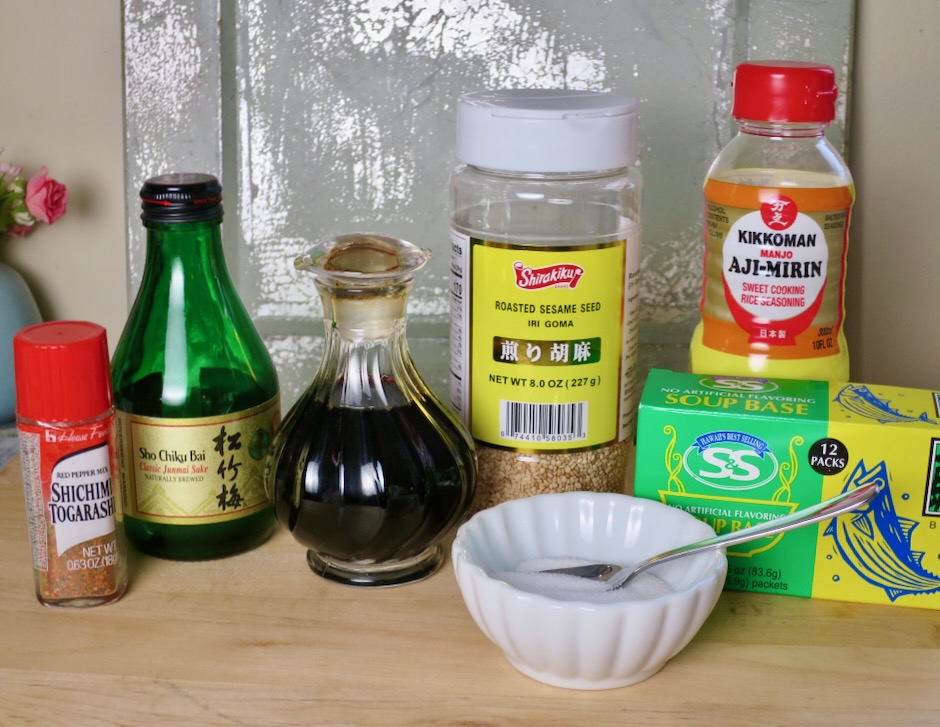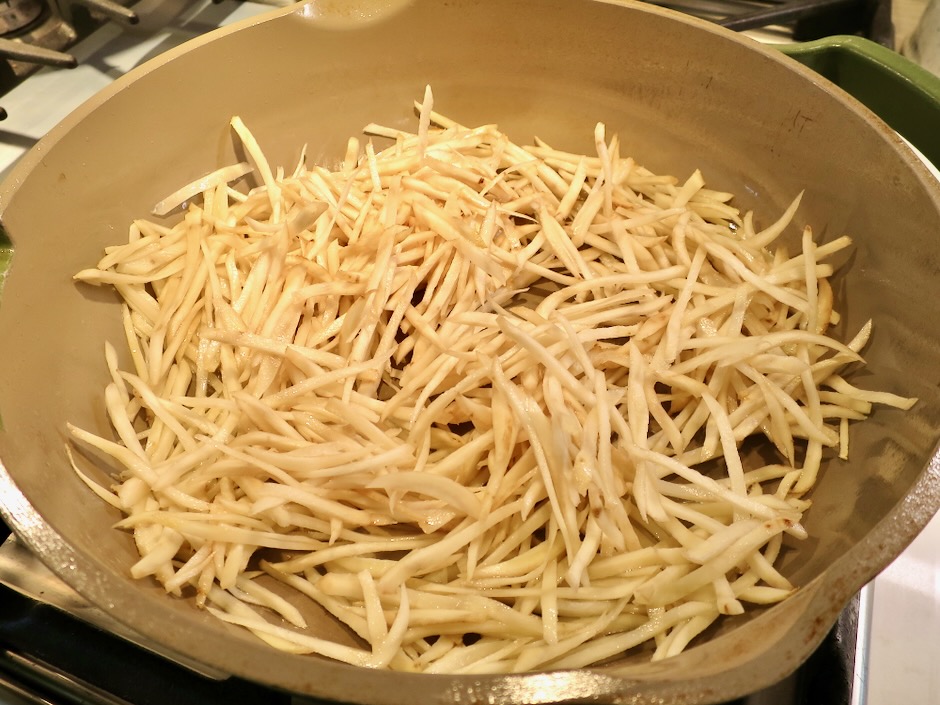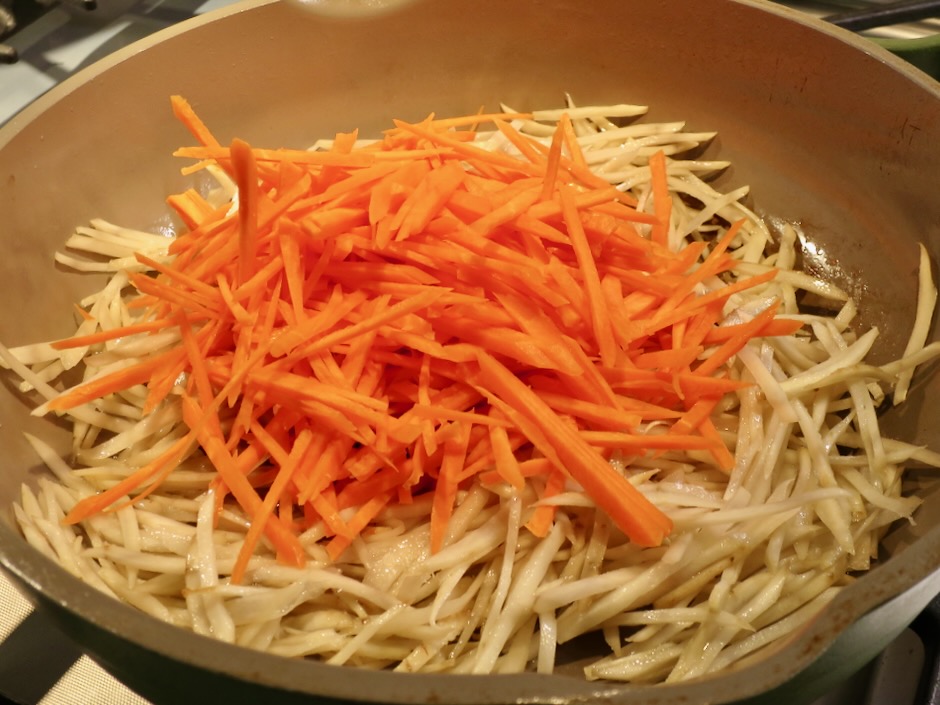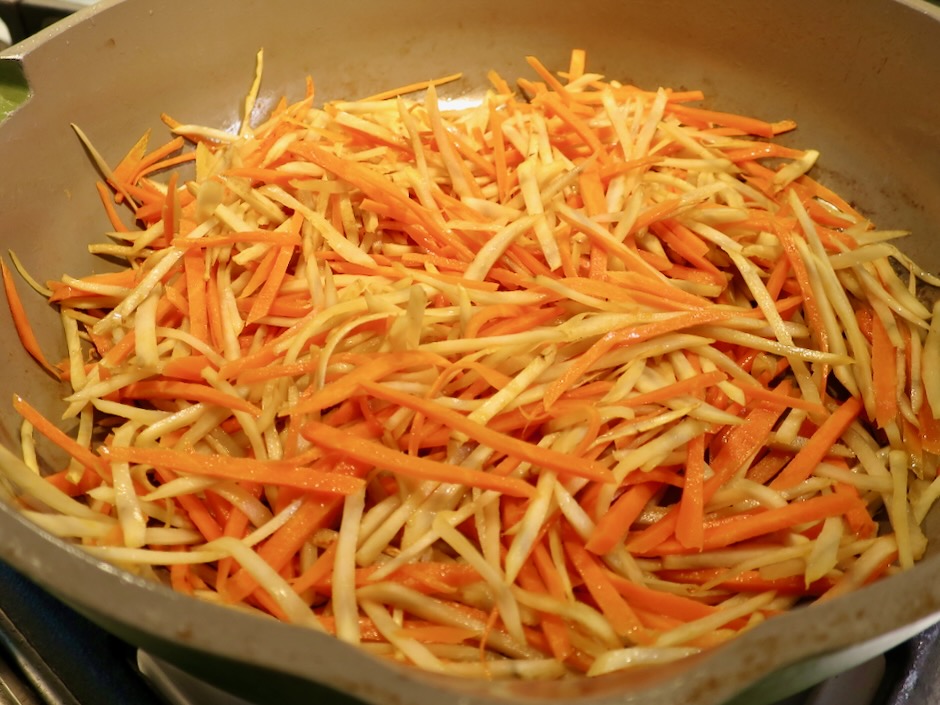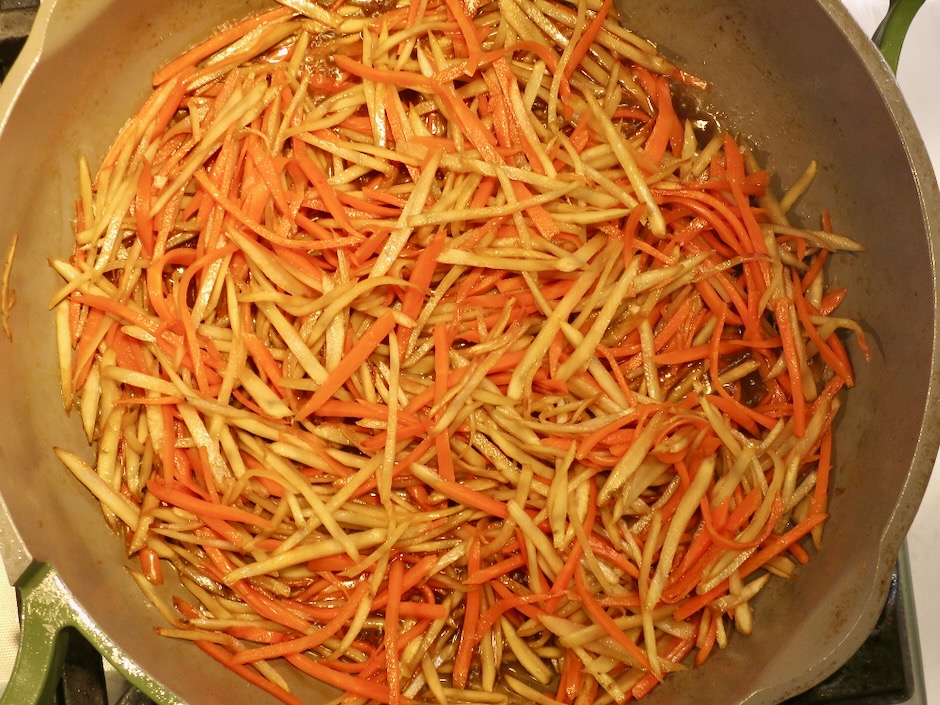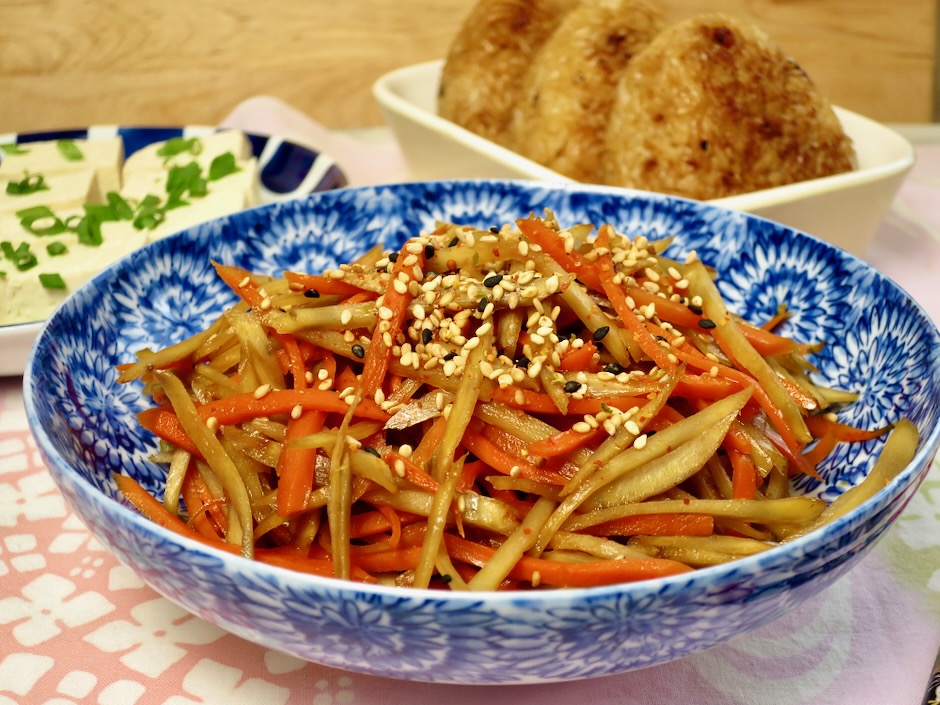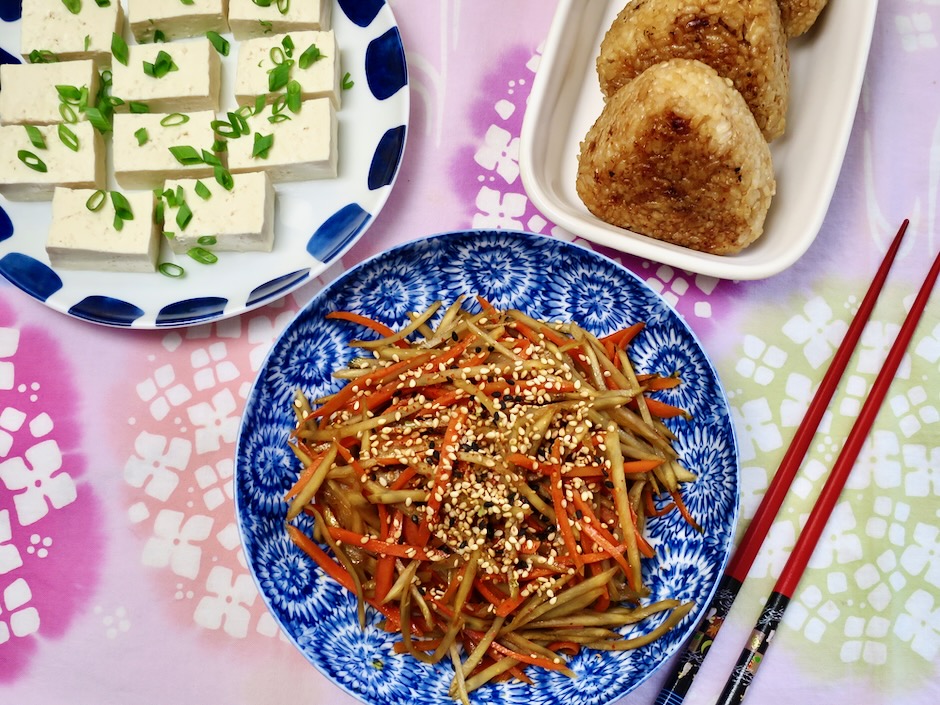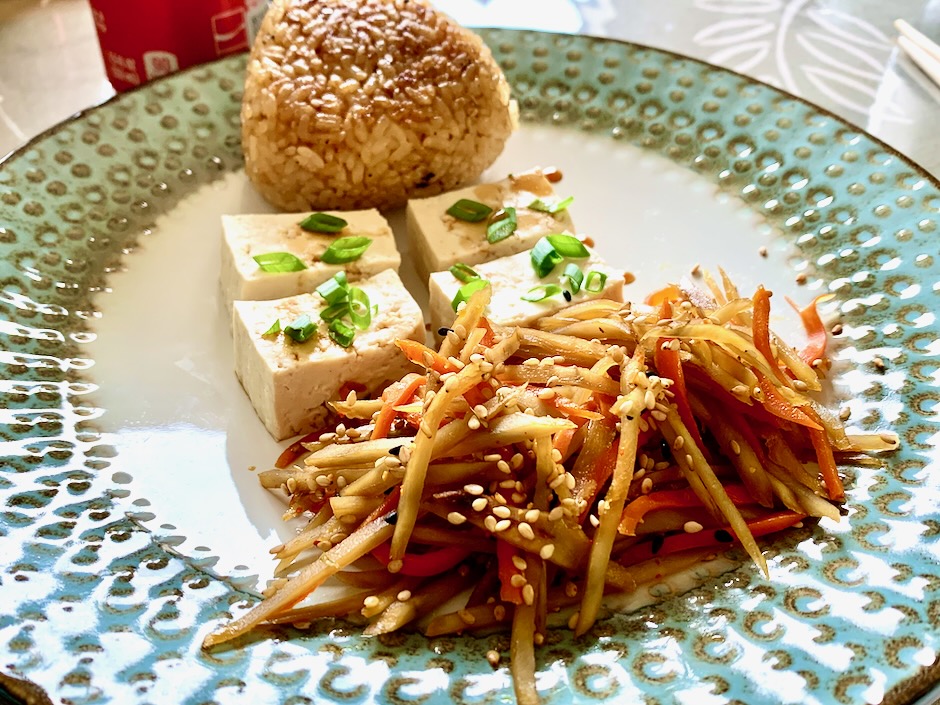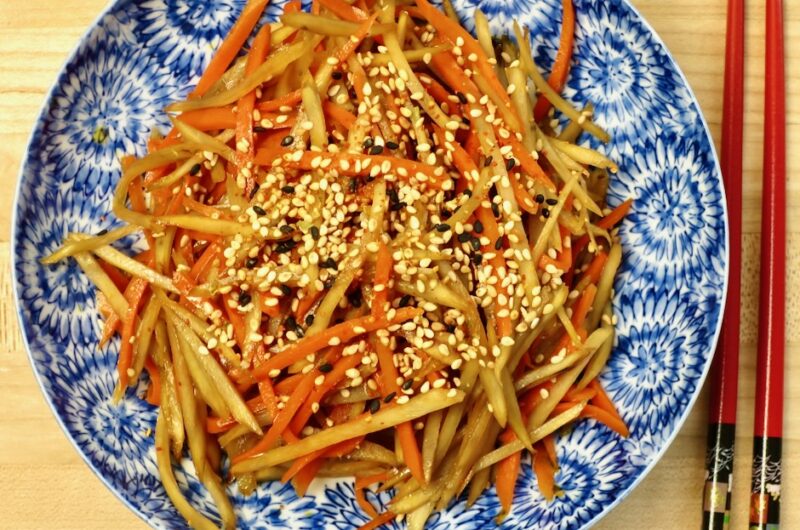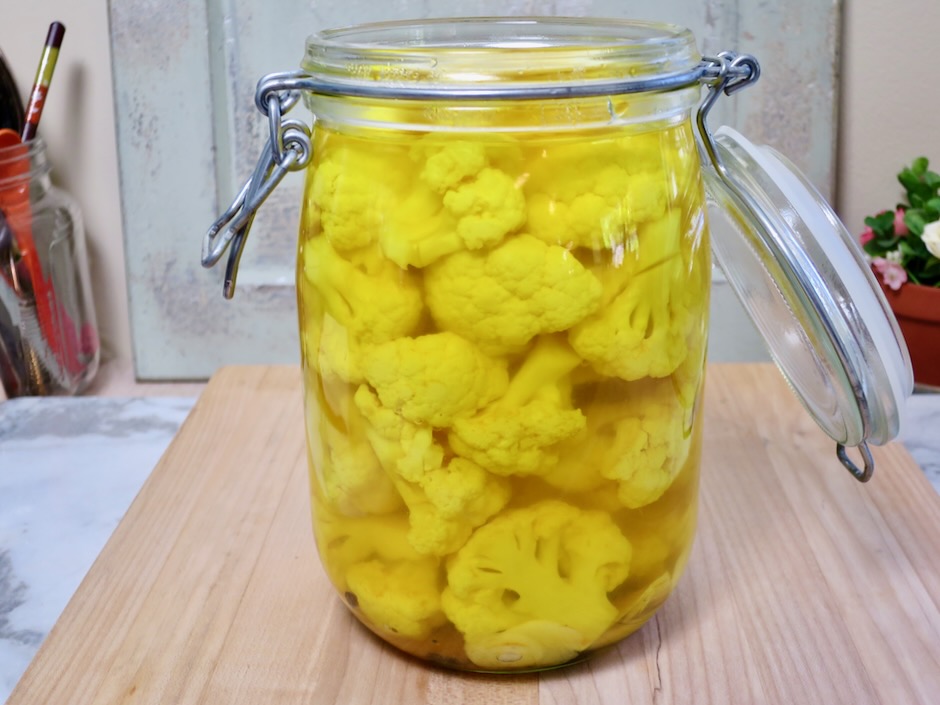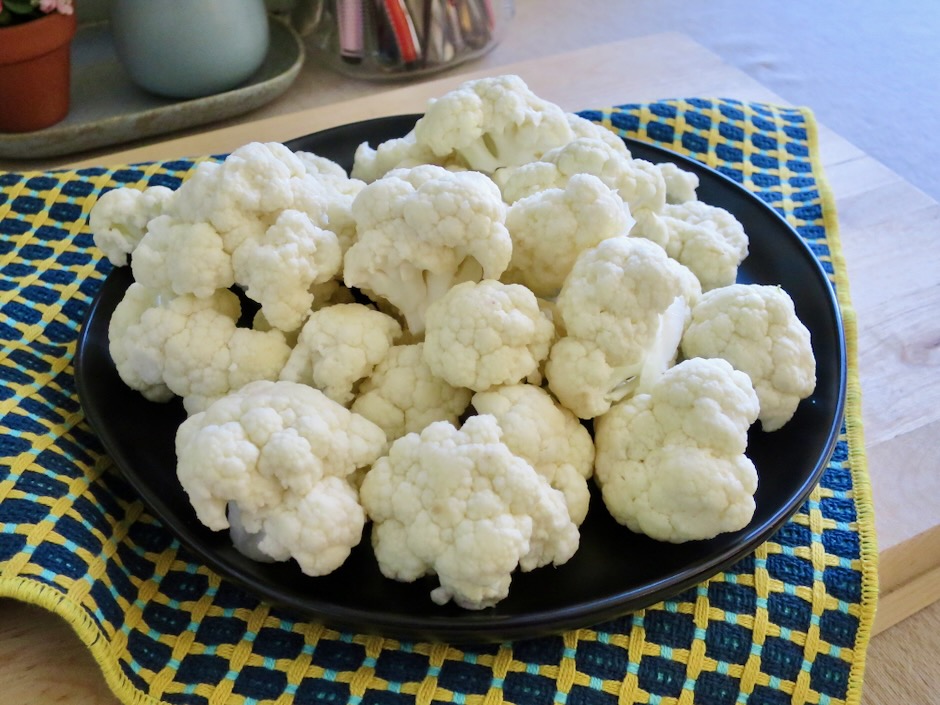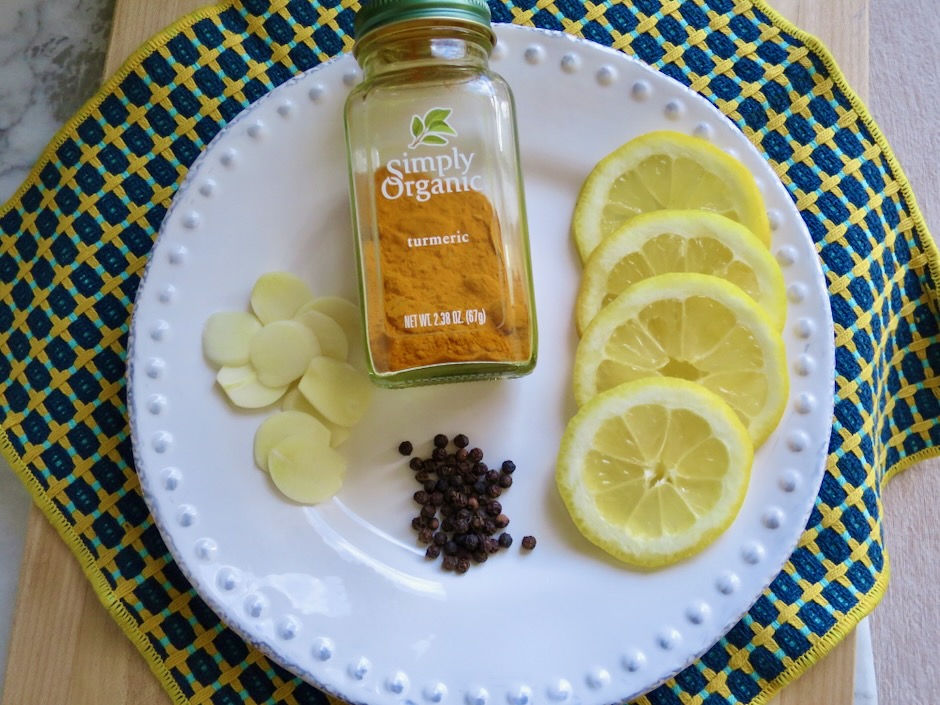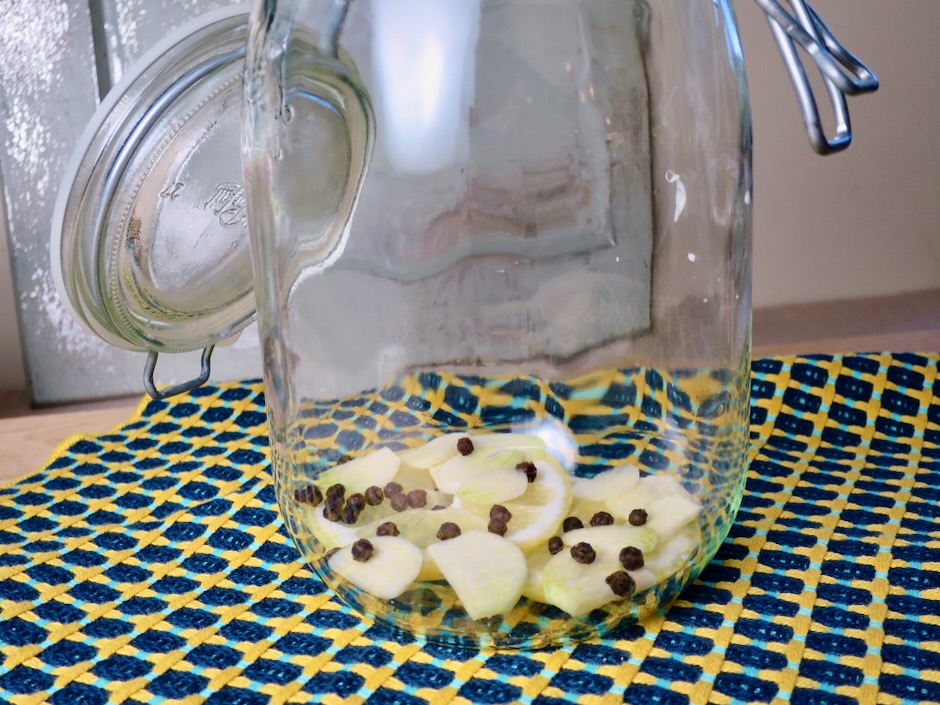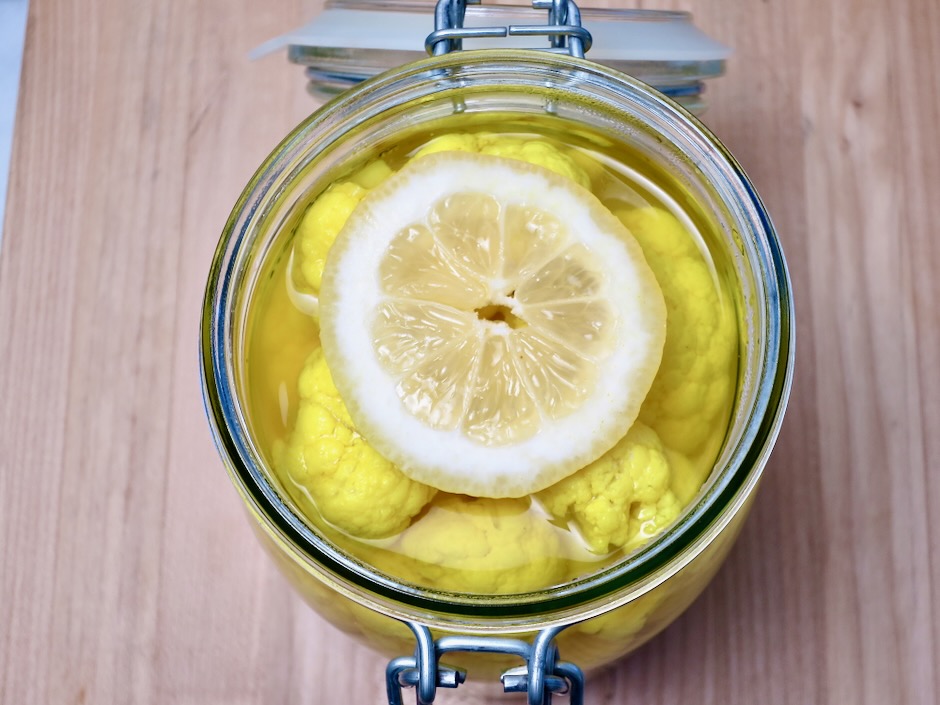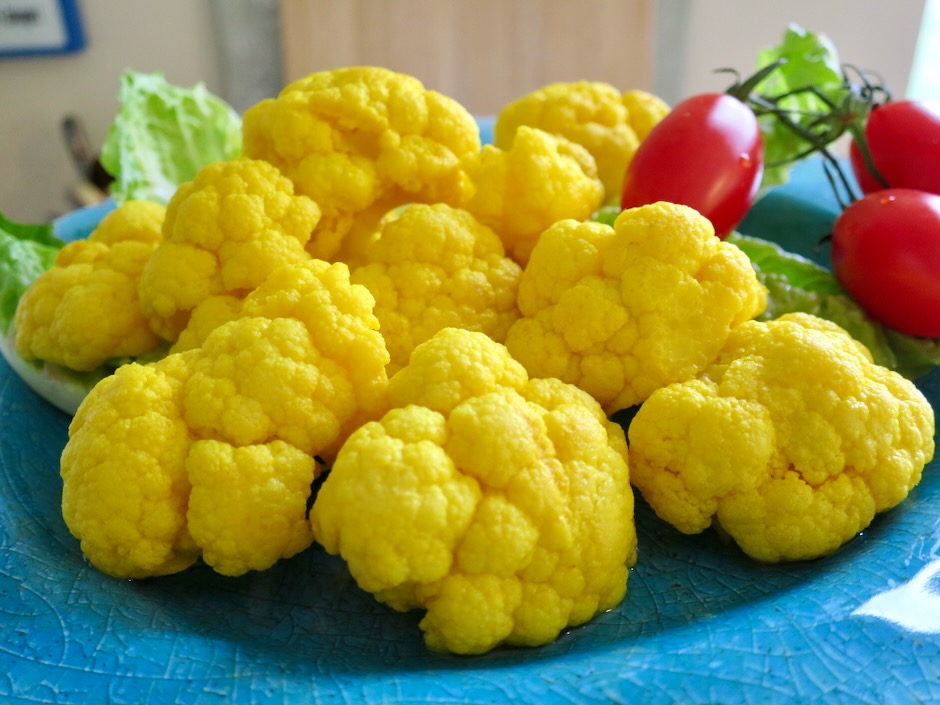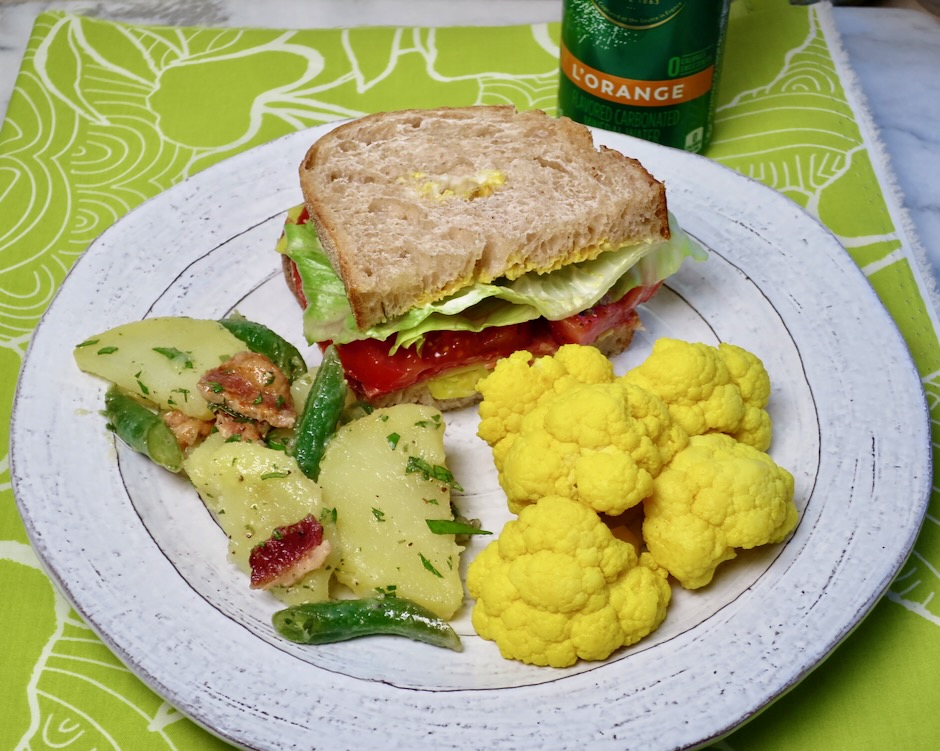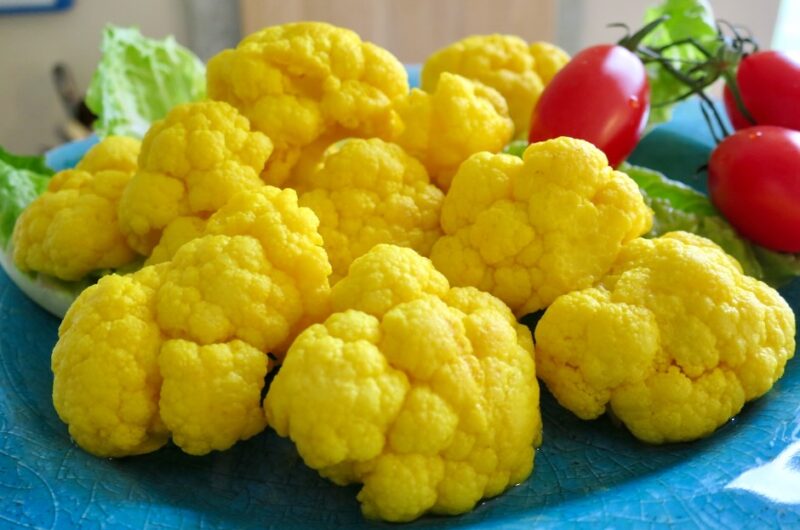
This may be one of the easiest and most delicious appetizers I have made. It is a gorgeous dish to bring to the table. I served it with yogurt flatbread made into smaller rounds for this appetizer, and roasted tomatoes which added a pop of color and a sweet-tart flavor that was perfect tucked into the flatbread with the cheese. You can keep it simple by serving the feta with slices of good sourdough bread or warmed pita bread.

The roasted tomatoes go into the oven about 45-60 minutes before the feta is roasted. I love the Sugar Bomb tomatoes sold at Safeway. They make a striking presentation.
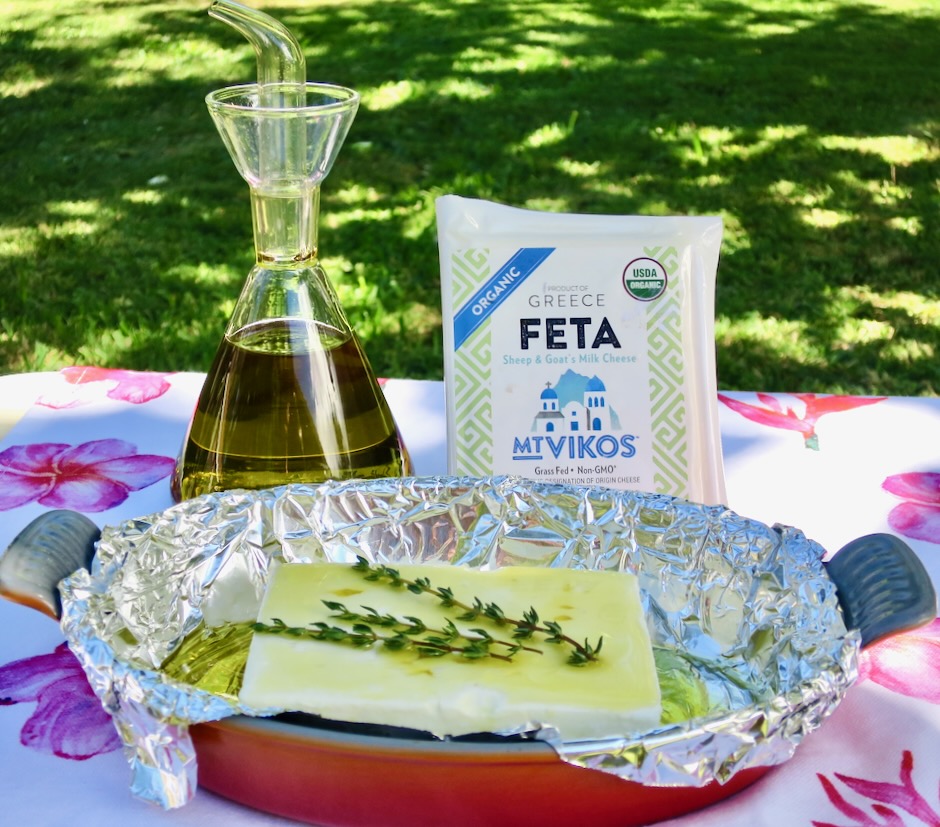
Mt. Vikos is one of the best feta cheese blocks I know of. Here on Maui you can find it at most of the markets including Hawaiian Moons, Times Kihei, Foodland, and Whole Foods. I placed the cheese and olive oil in a foil-lined baking dish so that it would be easy to remove to a plate for serving with the roasted tomatoes. If you are not using roasted tomatoes, you can skip the foil. Remember to use a baking dish that can withstand the high heat of the broiler.
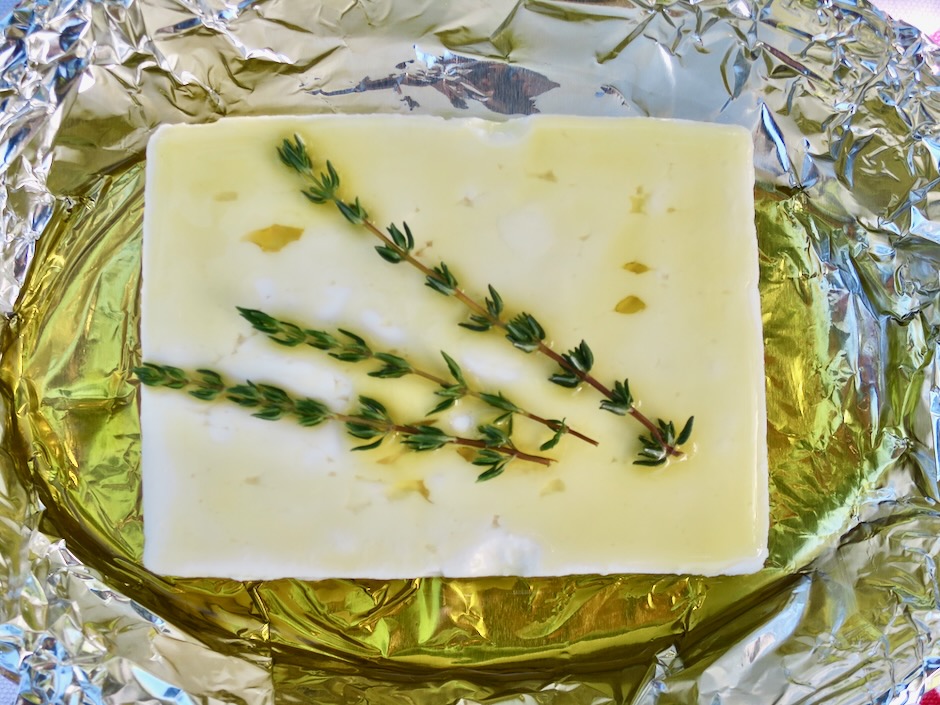
This is one of those dishes that really doesn’t require a recipe because of its simplicity. Place feta block in baking dish, drizzle with olive oil, add fresh thyme sprigs if you want to, then roast until warm. Drizzle honey over the feta, broil until beautifully bronzed on the edges, season with freshly ground black pepper, and a sprinkling of Maldon sea salt, serve.
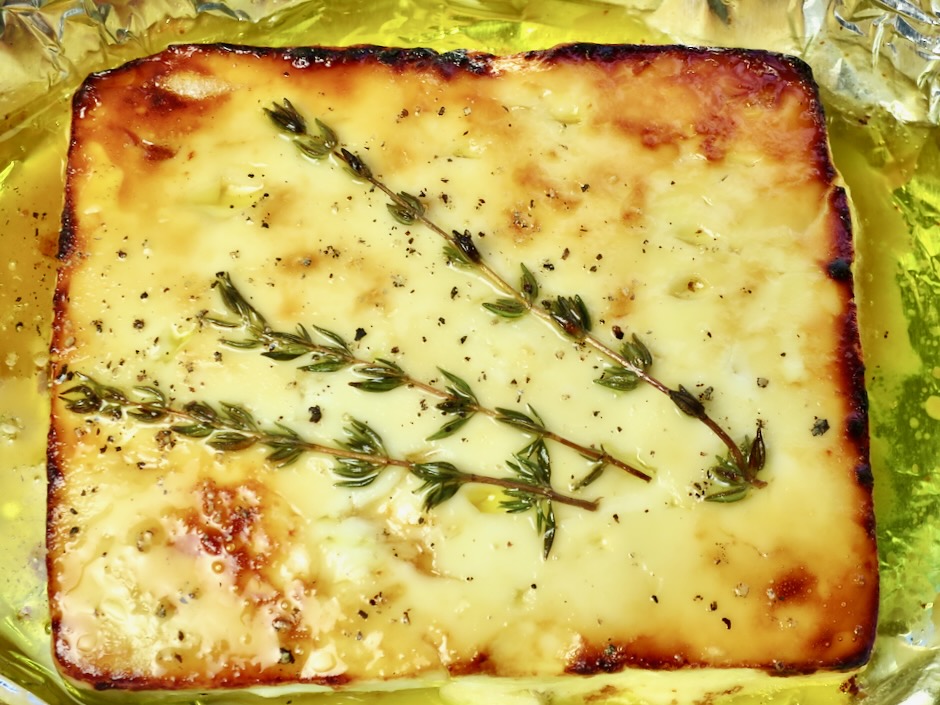
Roast the feta just before you want to serve it. The cheese should be warm and creamy, the perfect foil for pillowy flatbread or good sourdough bread.
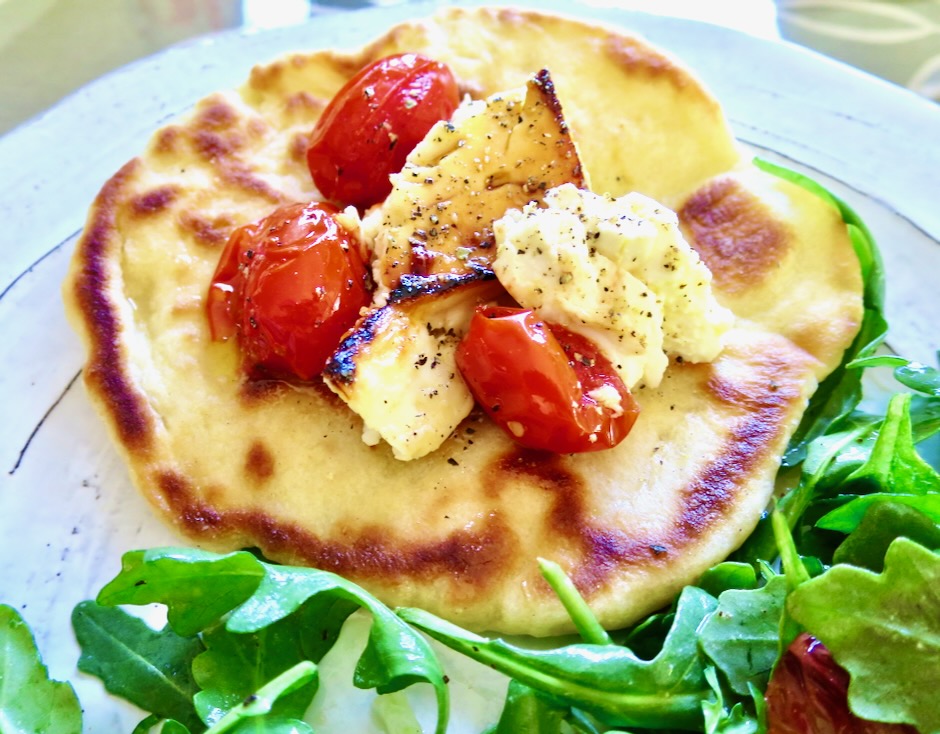
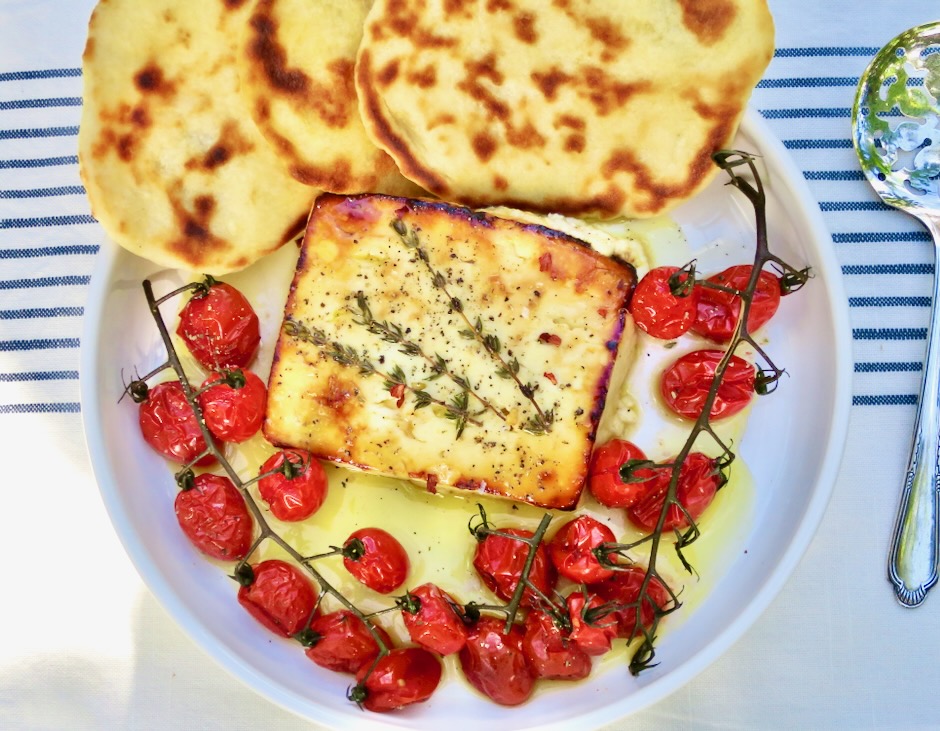
Roasted Feta with Honey
2-4
servingsAdapted from NYT Cooking
Ingredients
1 7-ounce block Mt. Vikos Feta (or your favorite feta block)
2 tablespoons extra virgin olive oil
3 small fresh thyme sprigs, optional
1 tablespoon honey
Freshly ground black pepper
Maldon sea salt, optional
Red pepper flakes, optional
Roasted tomatoes, optional
Yogurt flatbread, sourdough, or pita bread for serving
Directions
- Preheat the oven to 400 degrees. Place feta in a small foil-lined baking dish for easy transfer to a plate if serving with roasted tomatoes (one that can withstand broiler oven temperature). Otherwise skip the foil and place feta directly into a broiler safe baking dish. Drizzle olive oil over the feta and place a few sprigs of thyme on top if using. Bake until the cheese is soft and springy to the touch but not melted, about 7-8 minutes.
- Preheat the broiler. Heat the honey in the microwave for just a few seconds until it is fluid enough to be spread with a pastry brush and then paint the surface of the feta with it. Broil until the top of the cheese browns and just starts to bubble, about 2 1/2 minutes (I used my countertop Breville Smart Oven). Keep an eye on the broiling time so the cheese does not burn. Season with pepper, a sprinkling of Maldon sea salt (optional) and a pinch of red pepper flakes (optional).
- Serve with warmed flatbread or crusty sourdough bread and roasted tomatoes.
Notes
- If serving with roasted mini tomatoes, place them in a baking dish, drizzle the tomatoes with a bit of olive oil, and season with salt and pepper. Bake uncovered at 400 degrees for 45-60 minutes. Yogurt flatbread can be made weeks in advance and frozen. Warm before serving.

